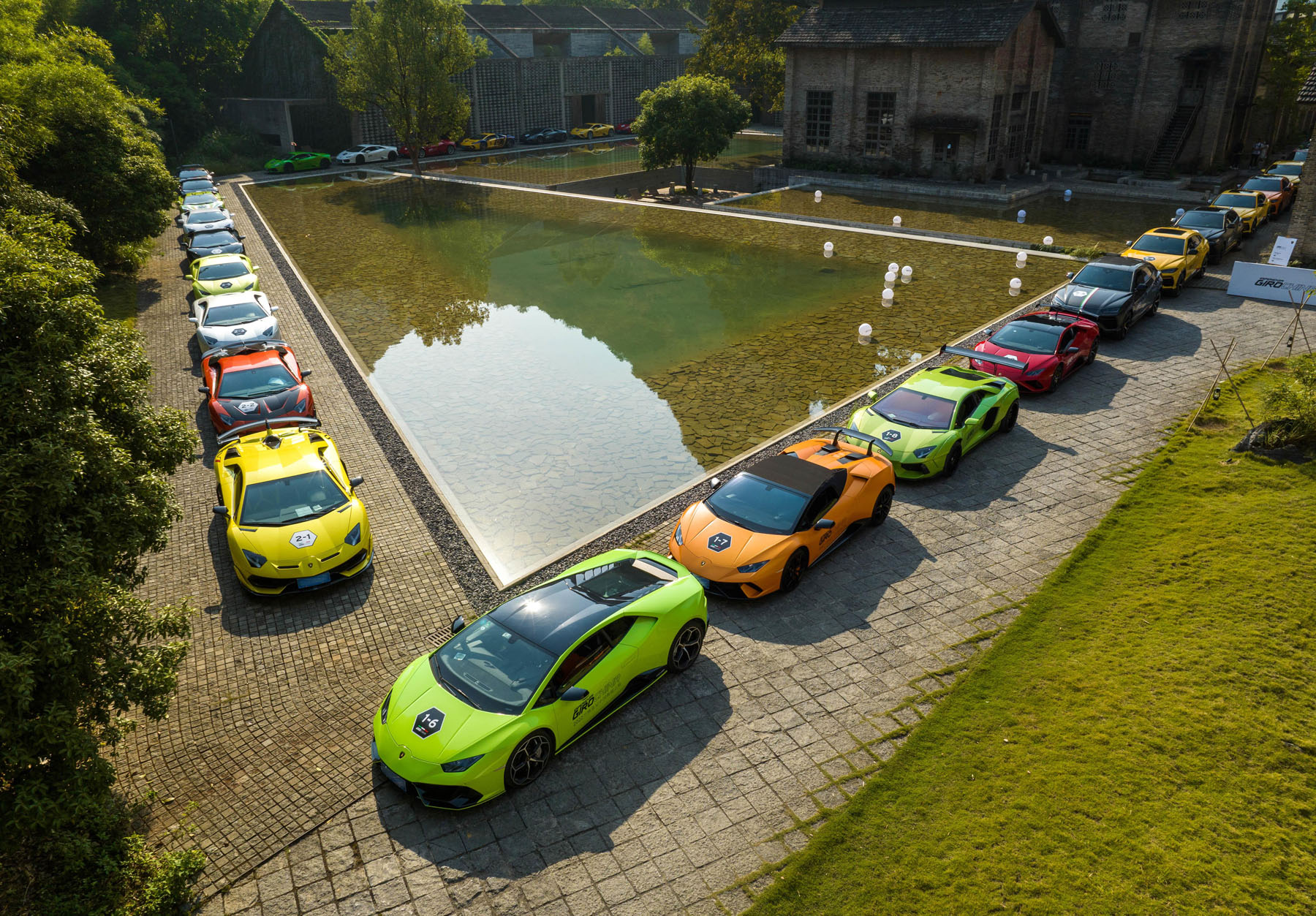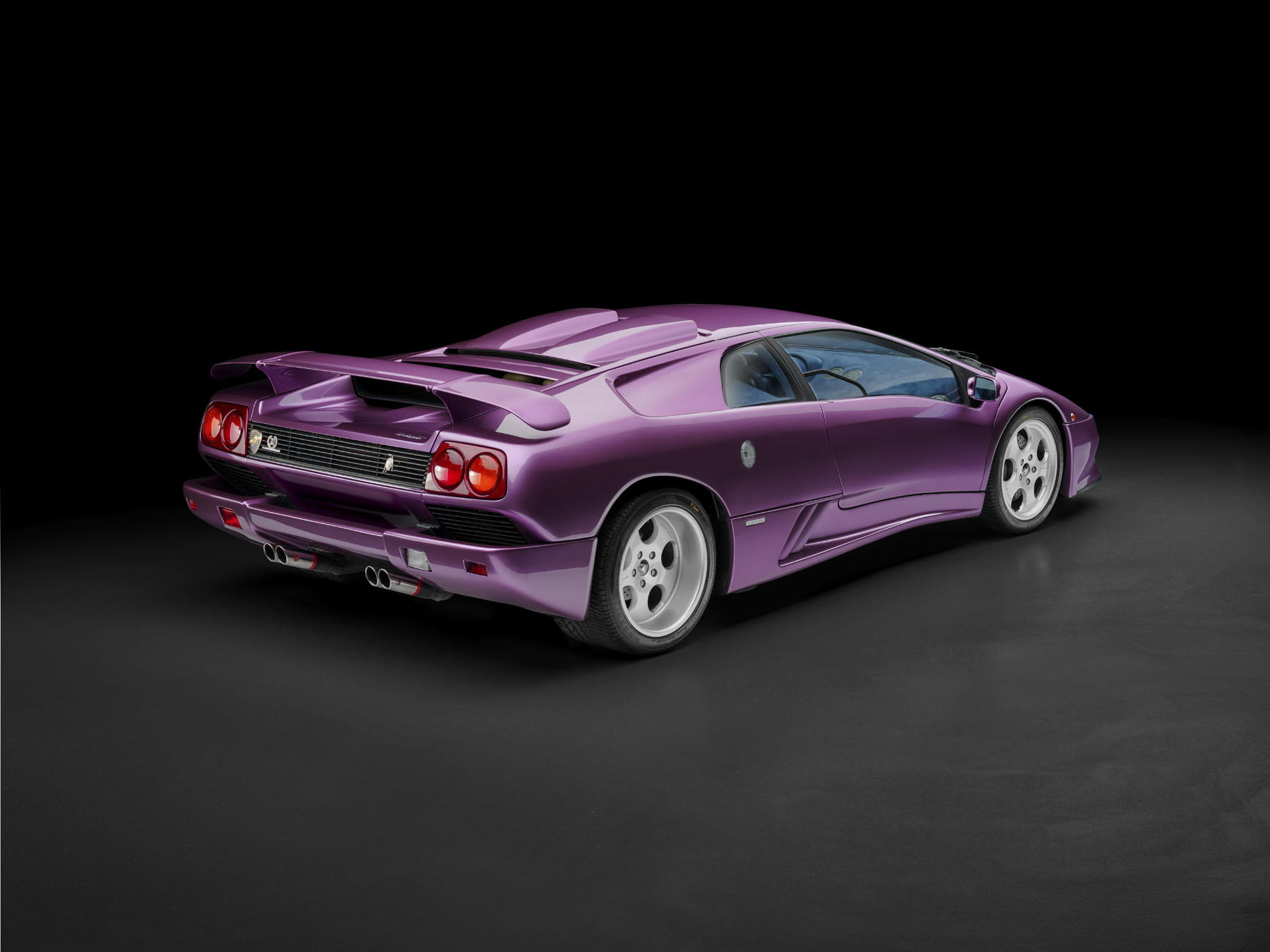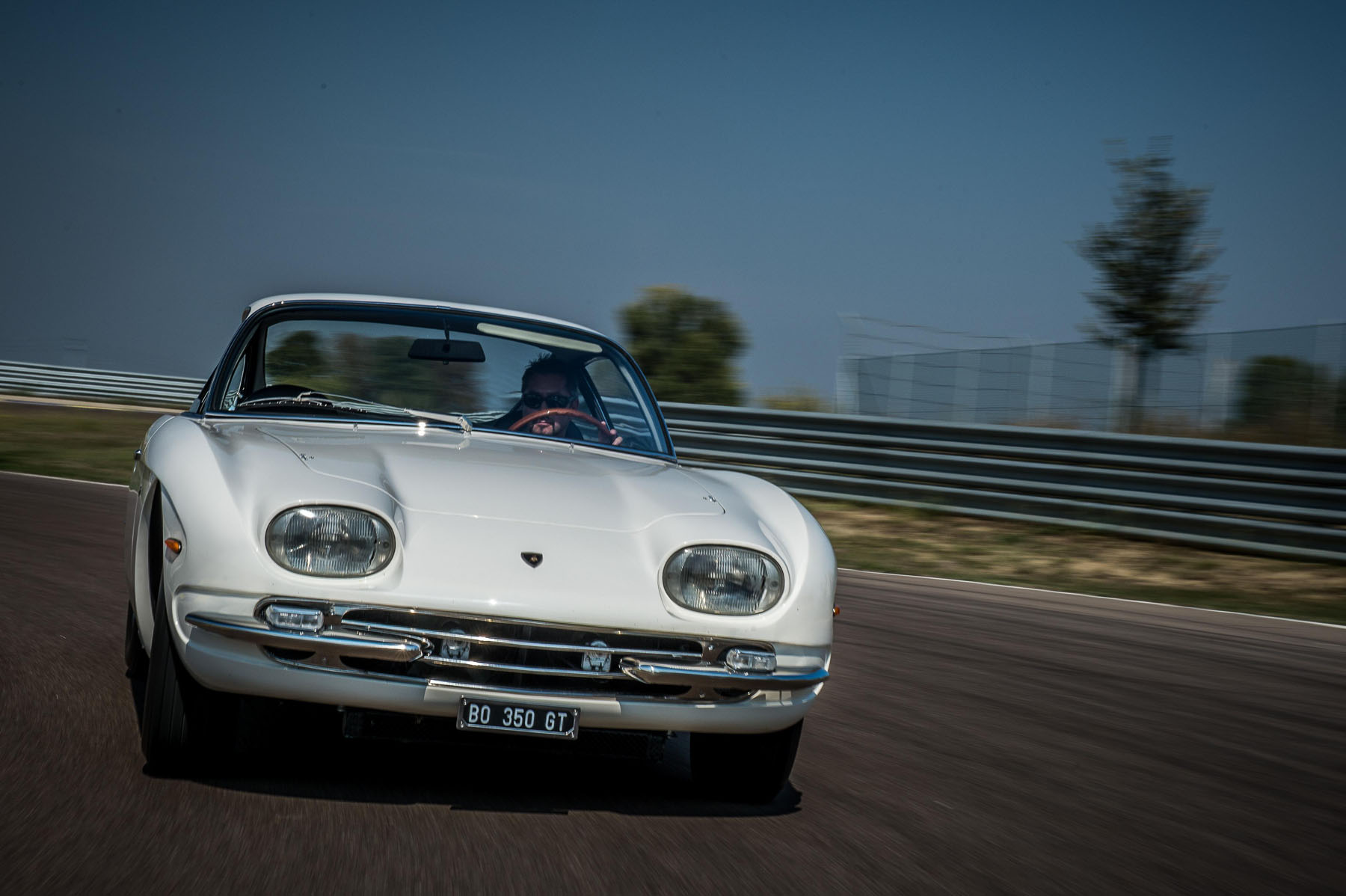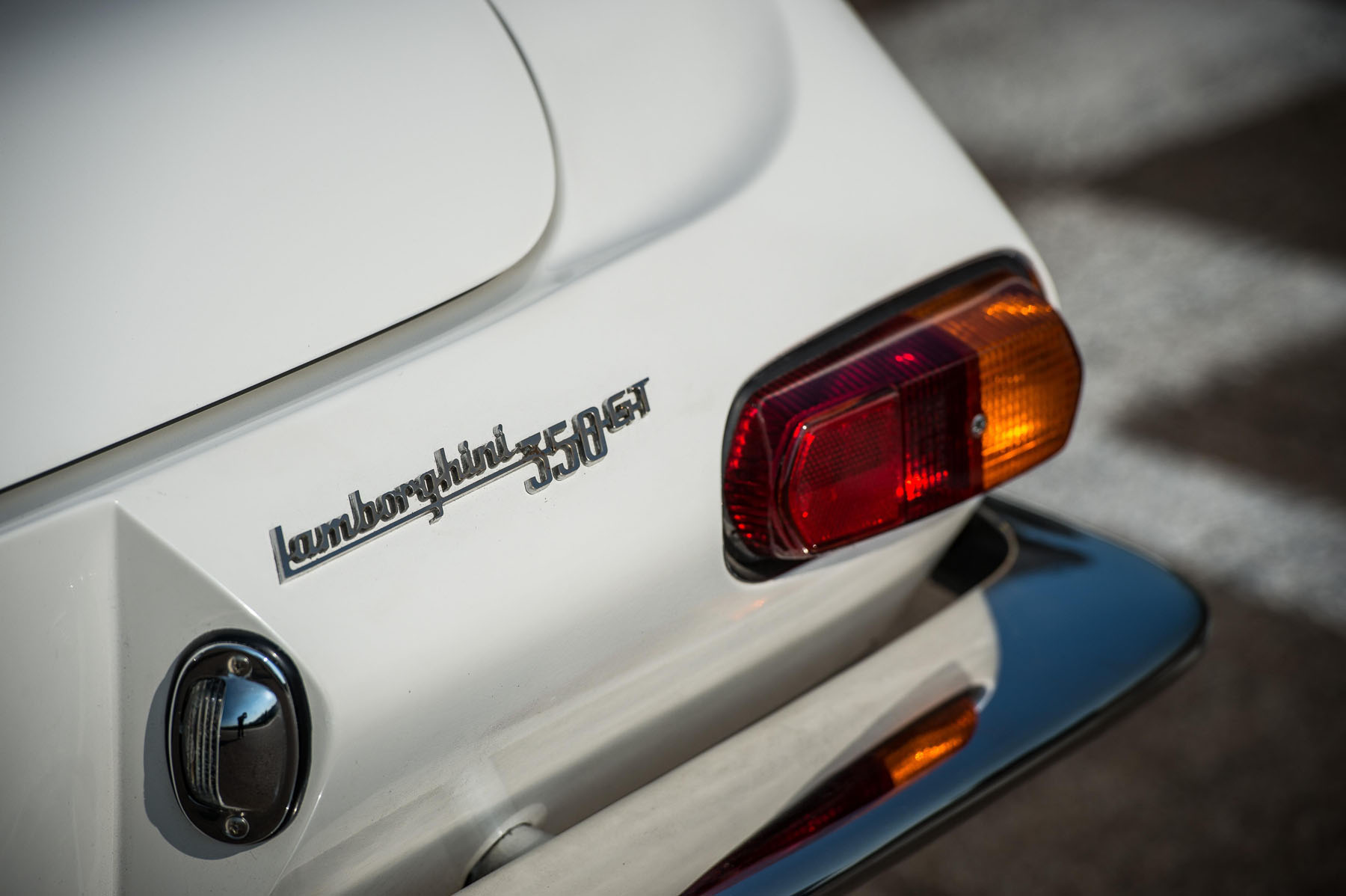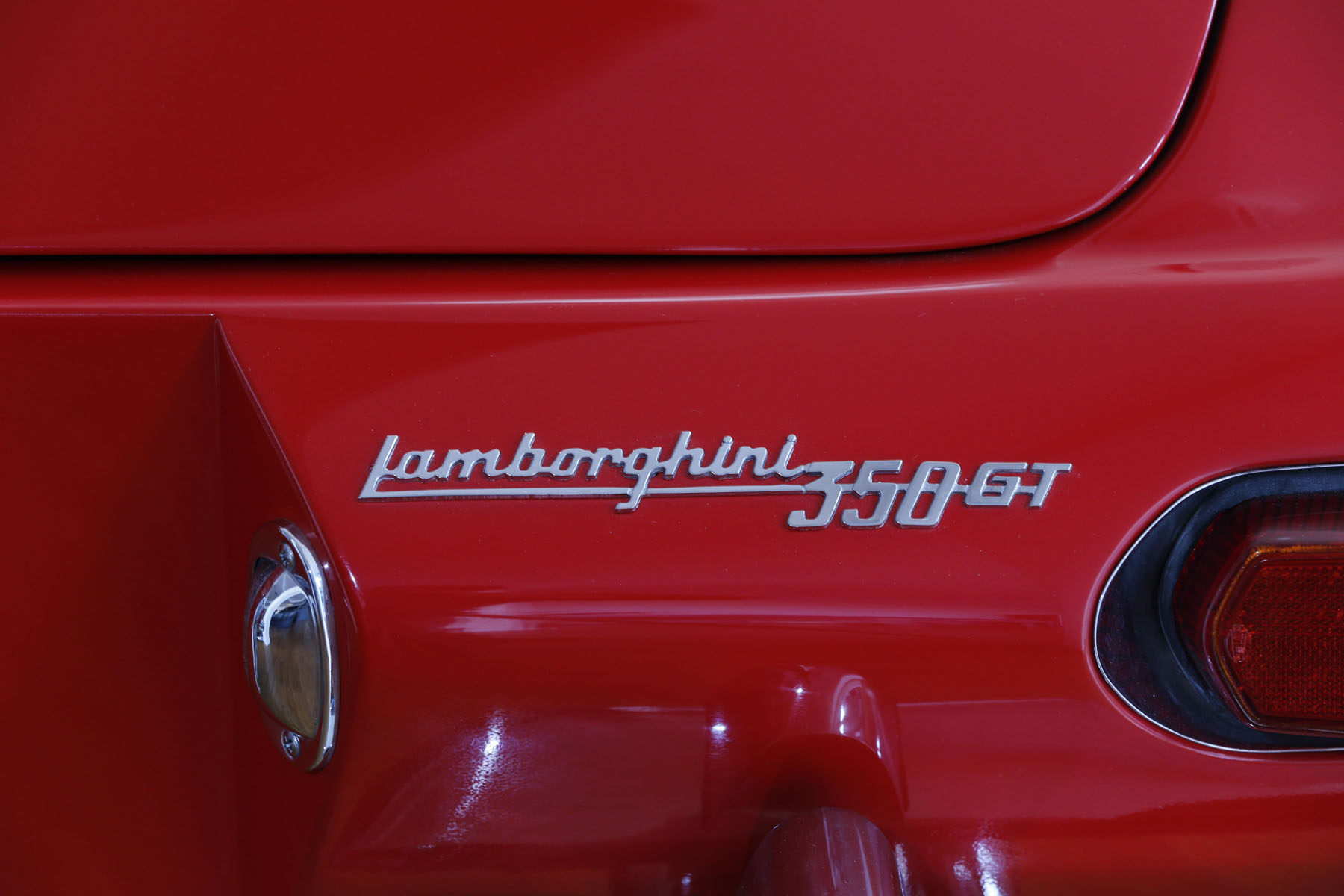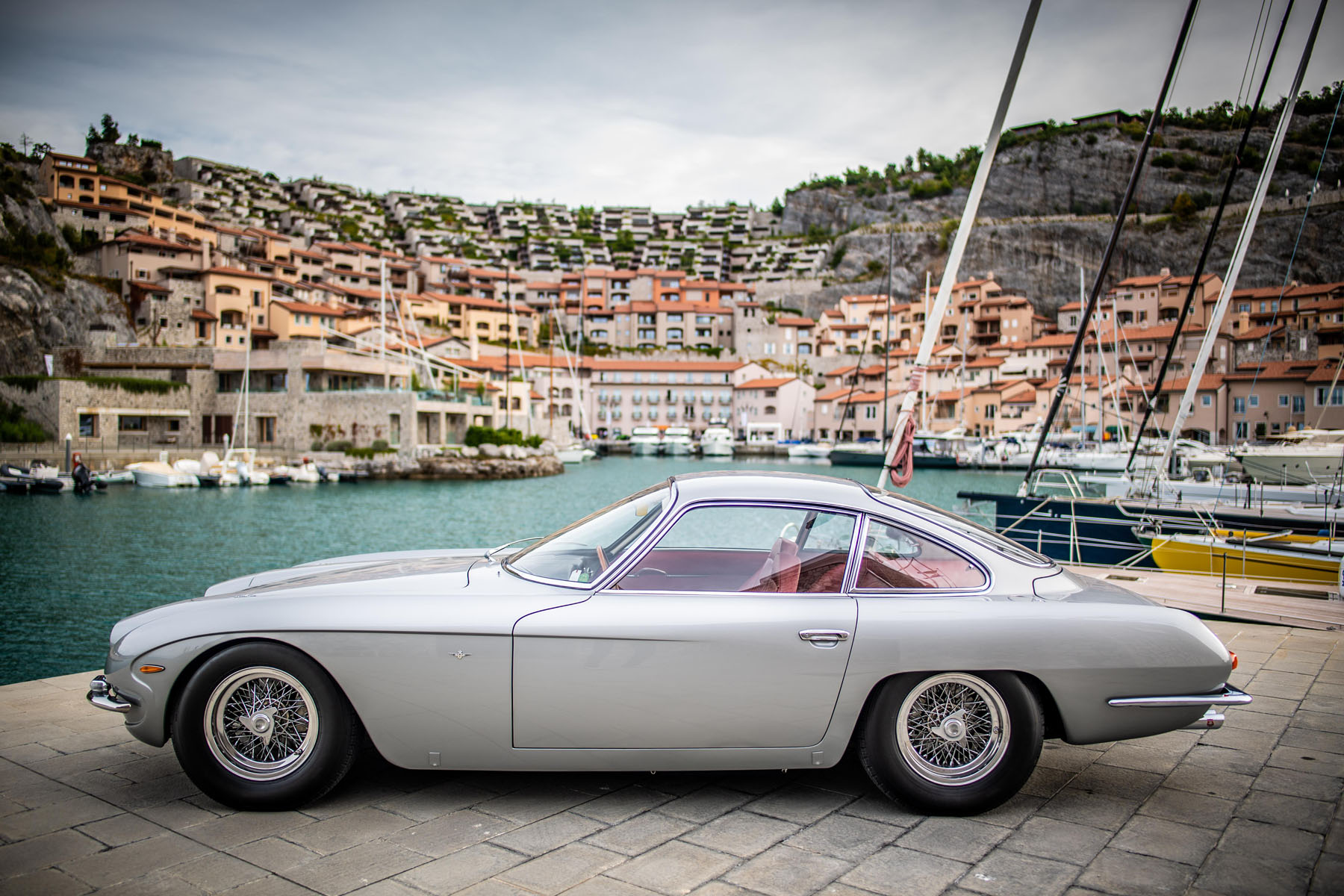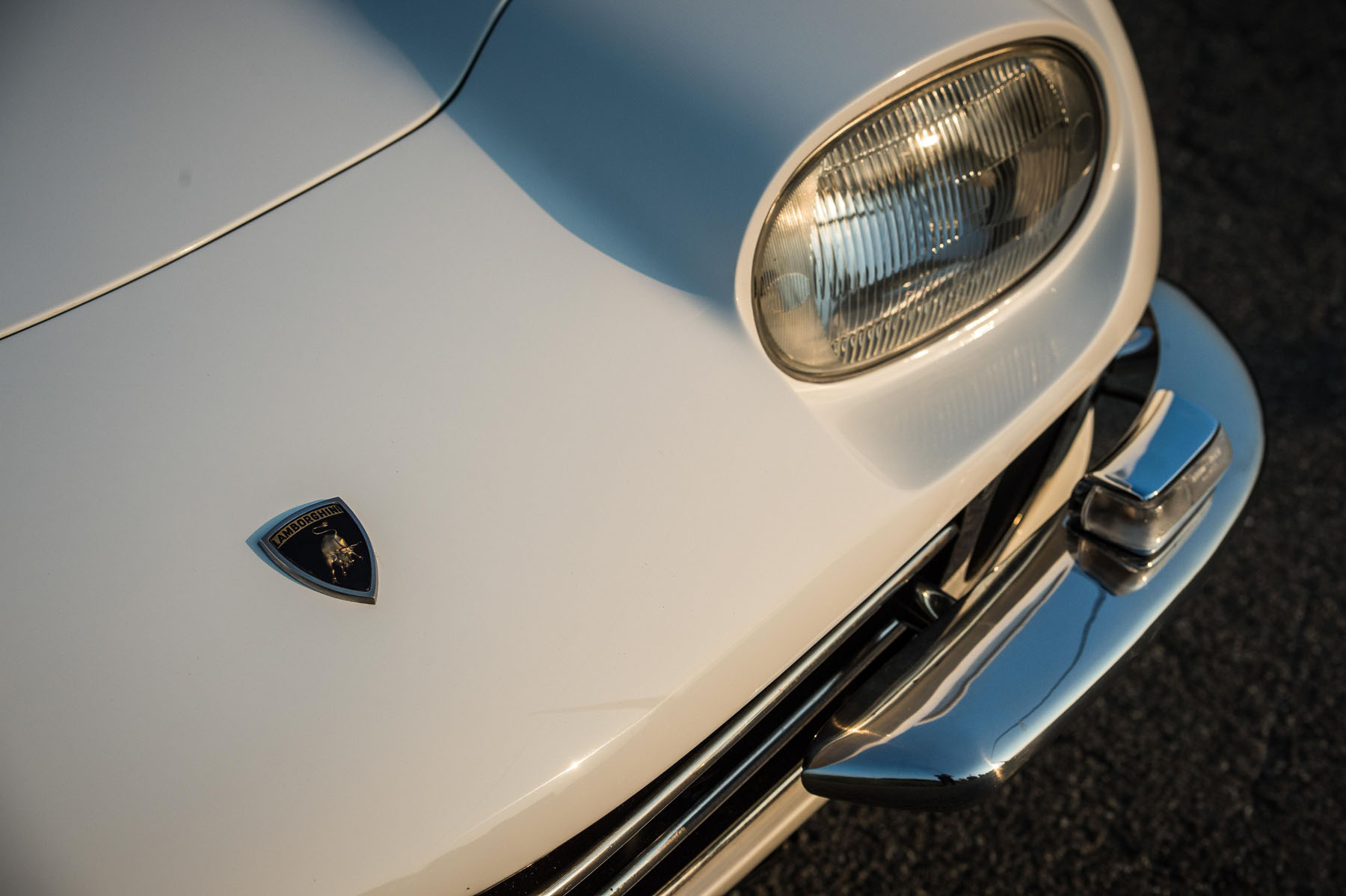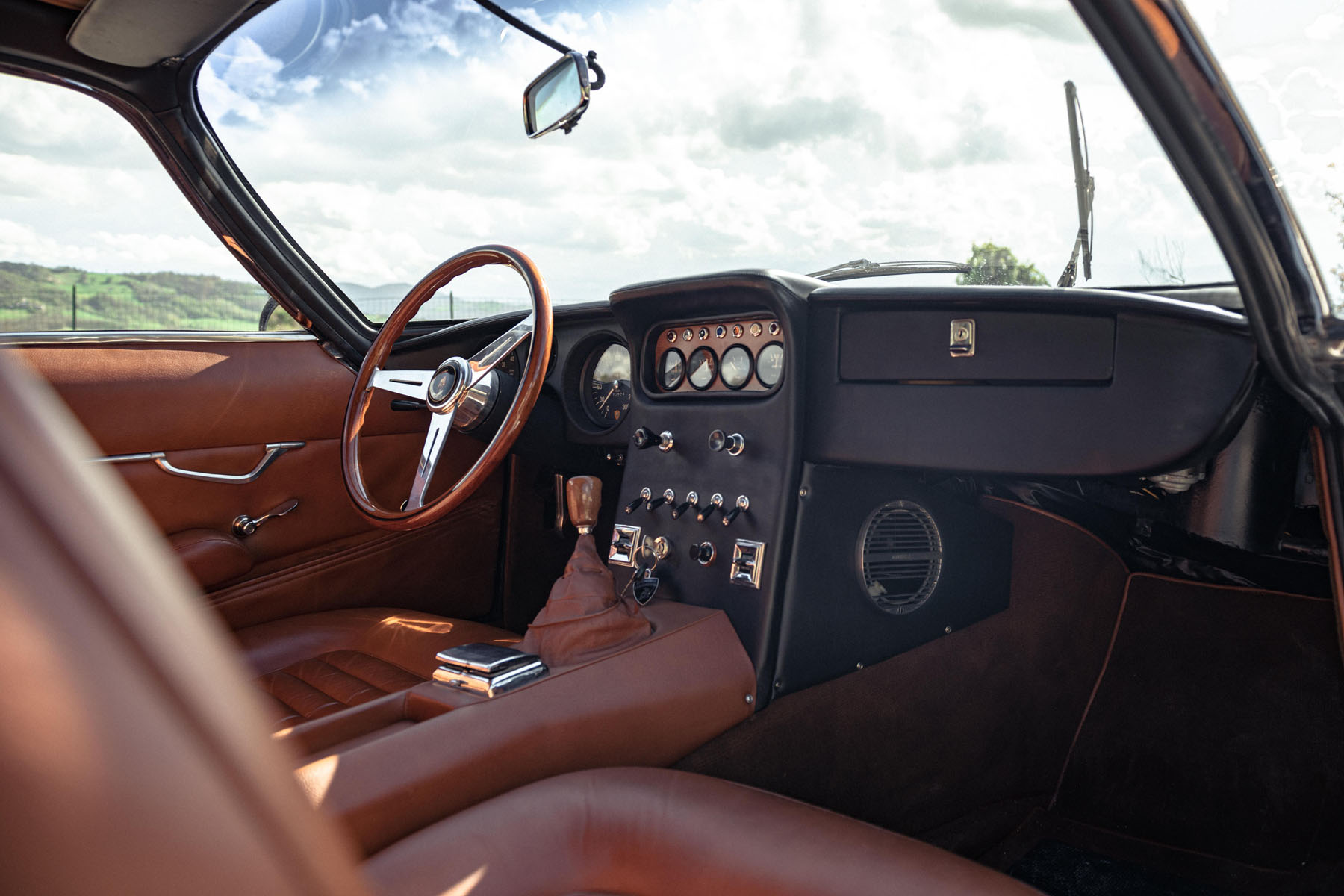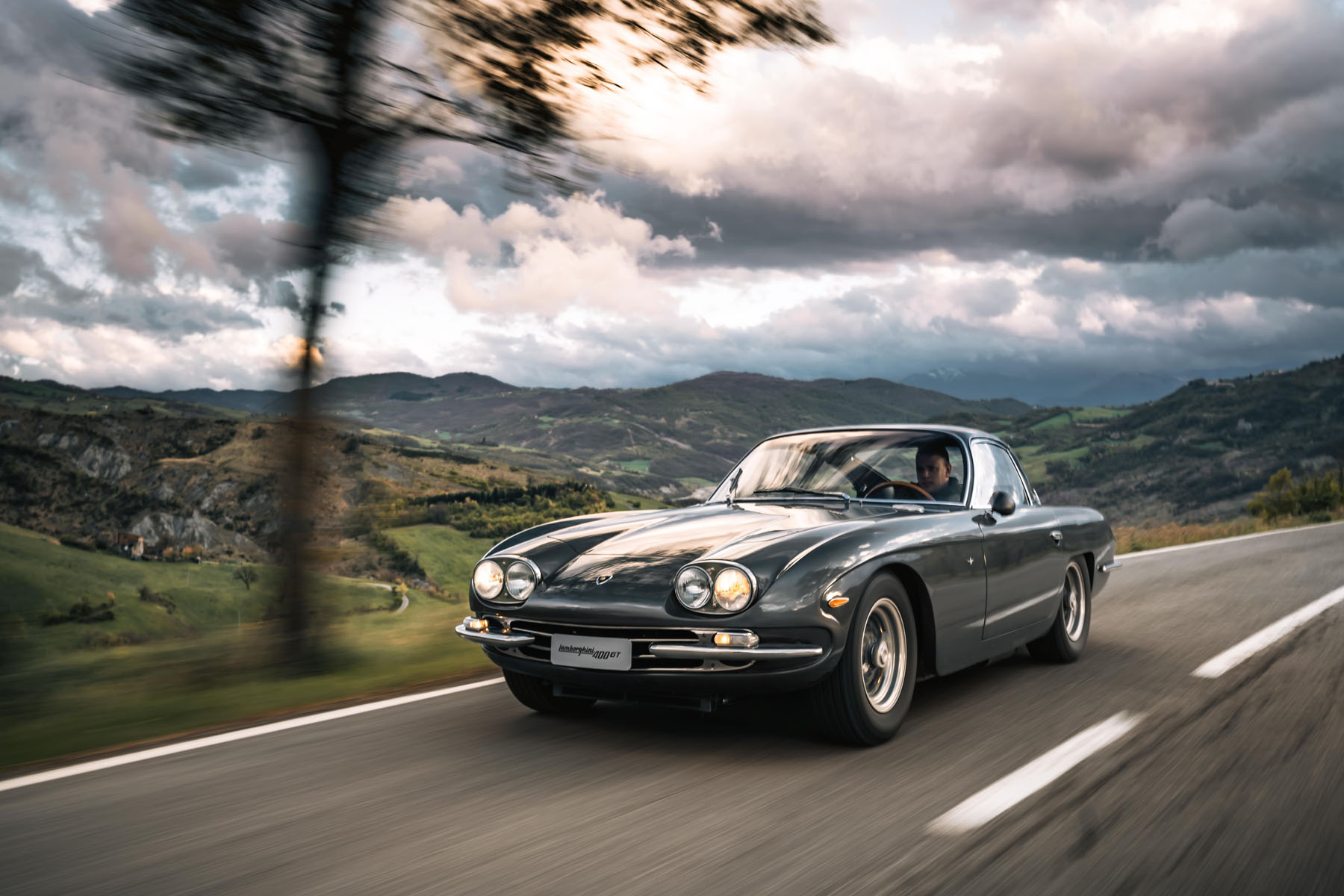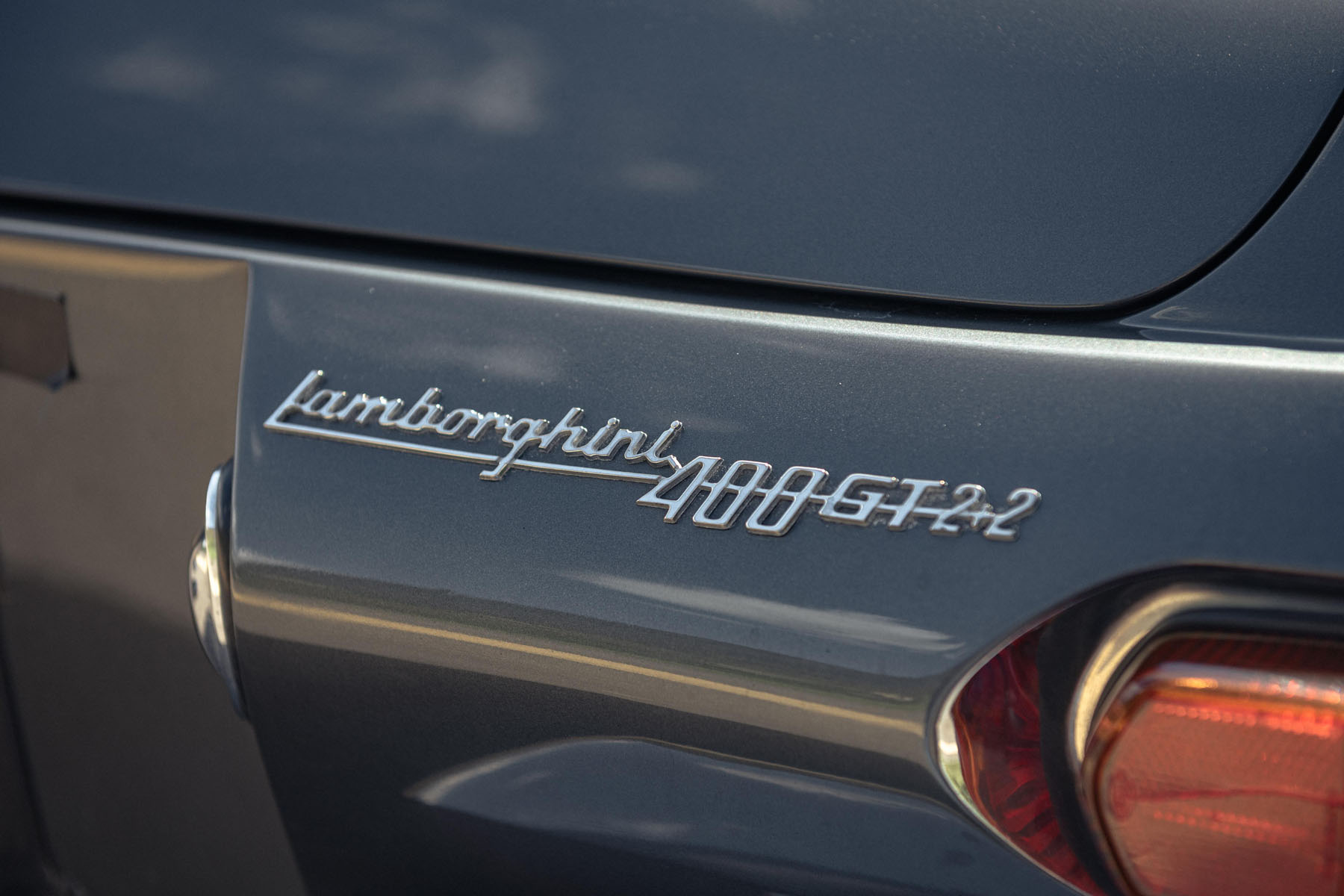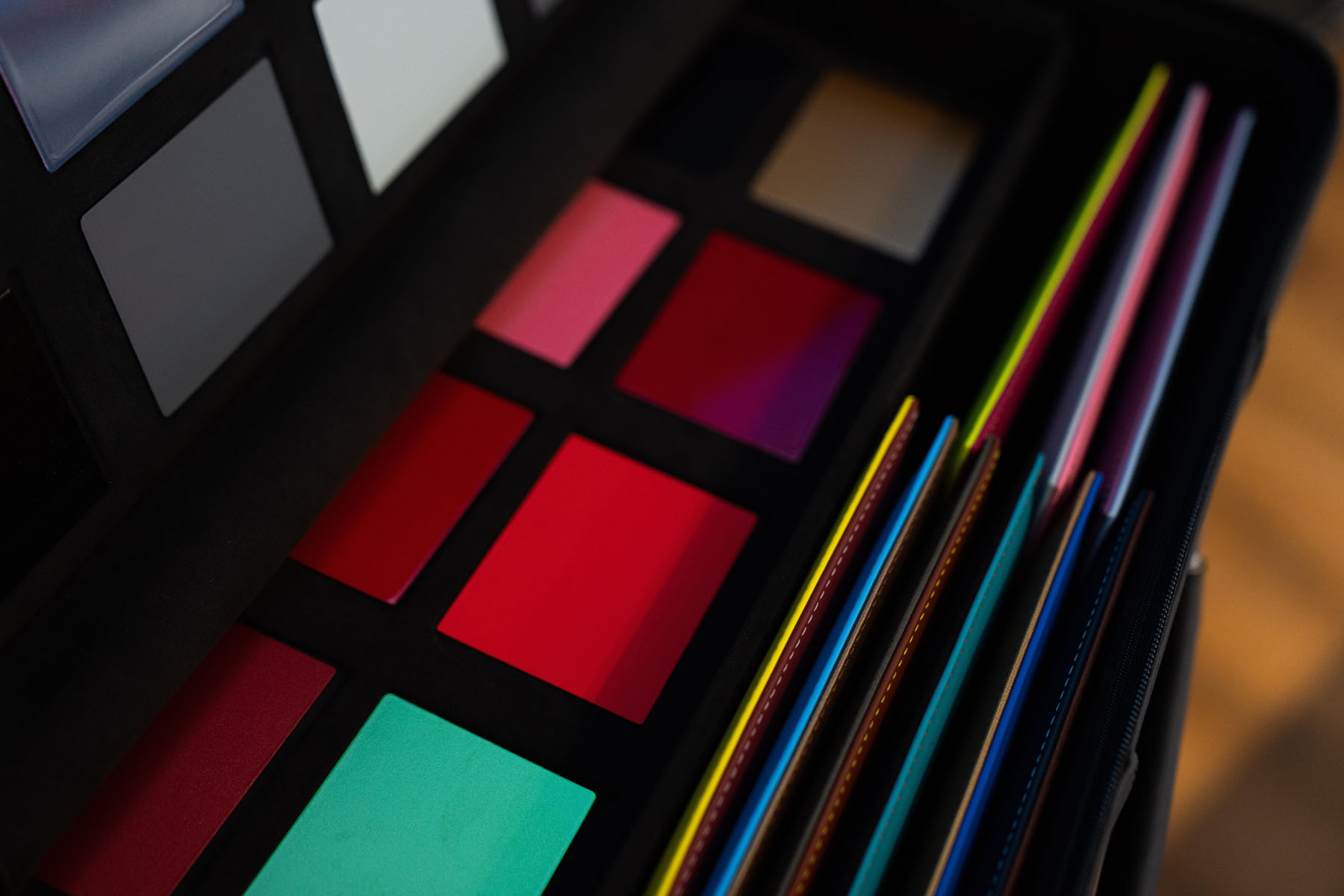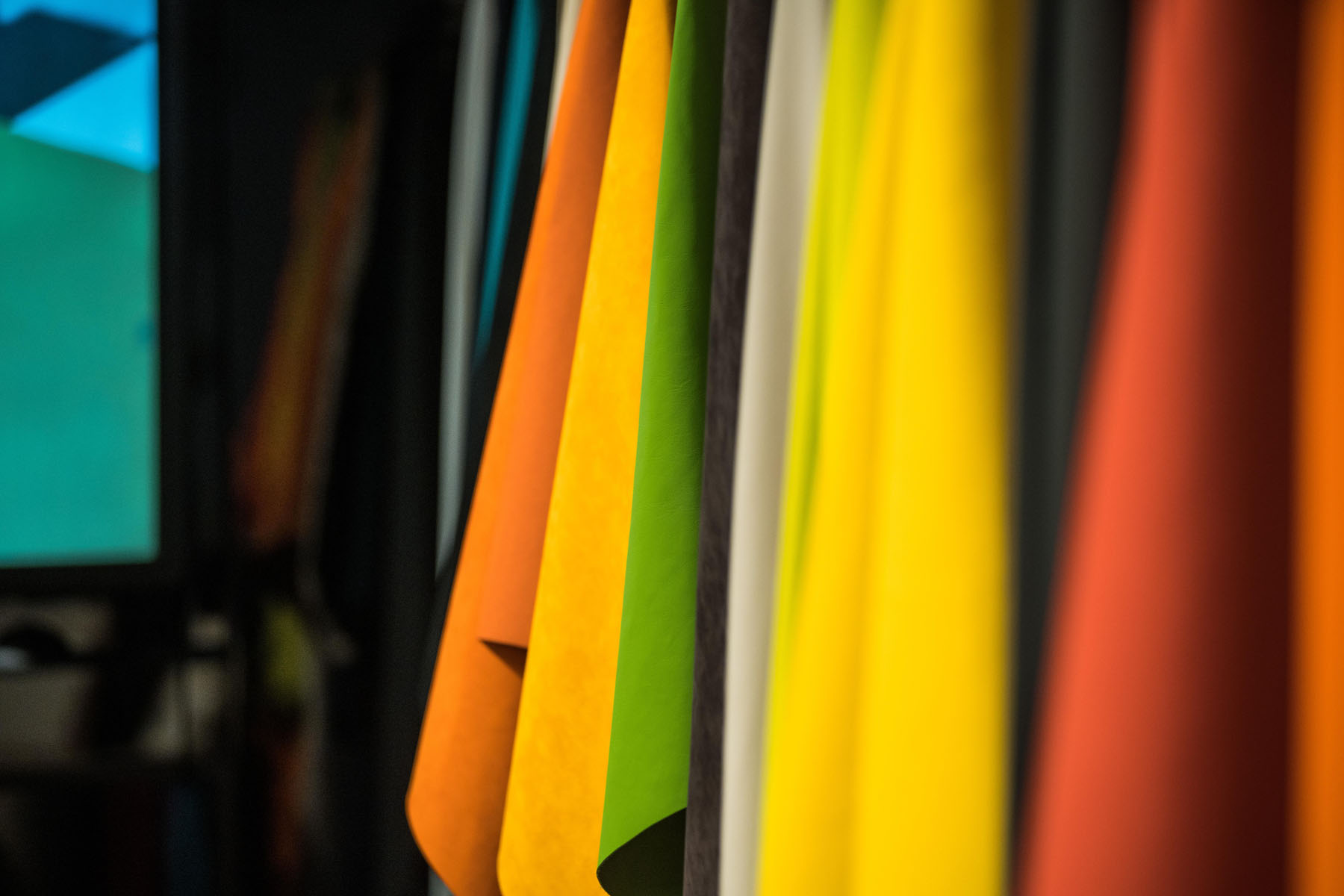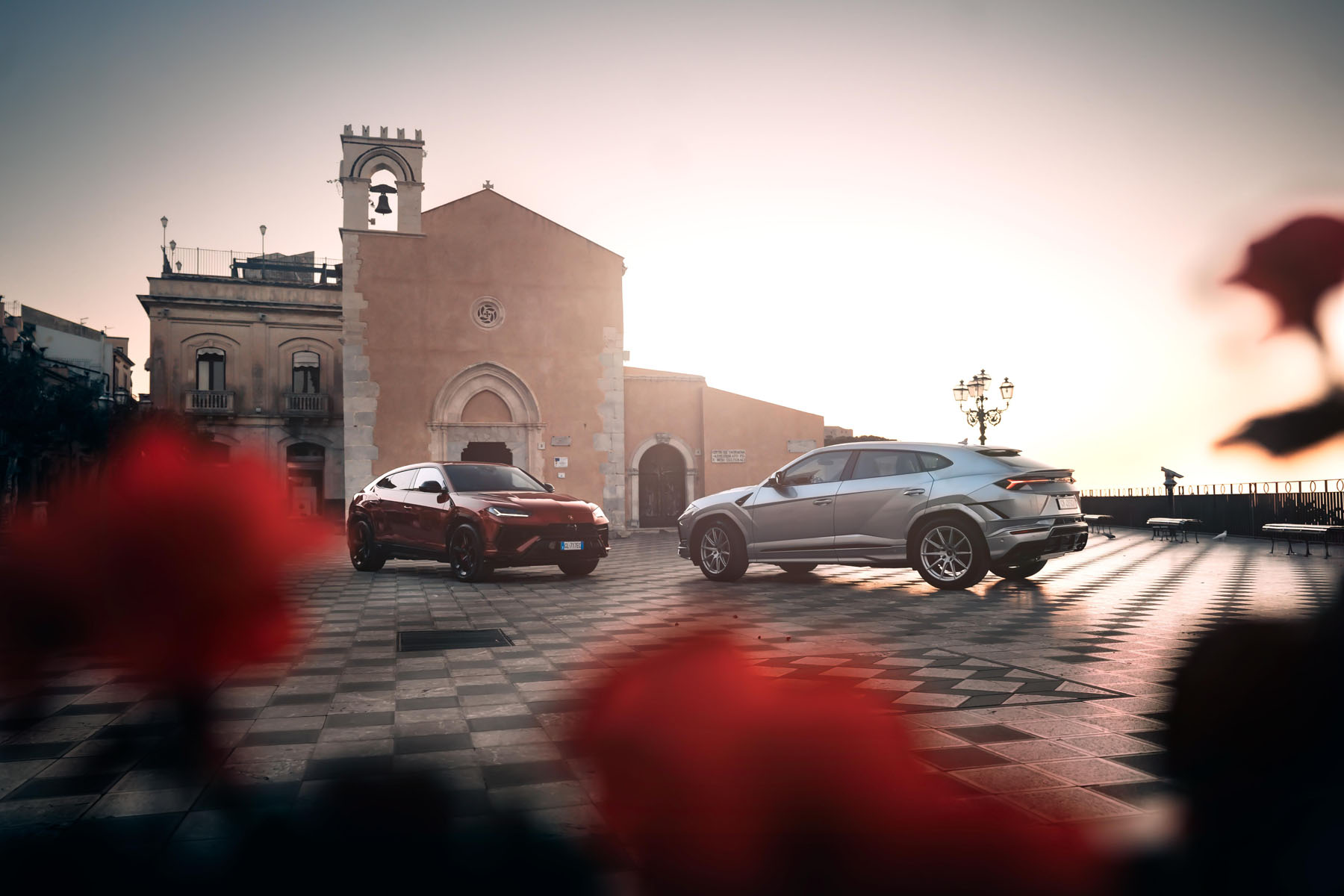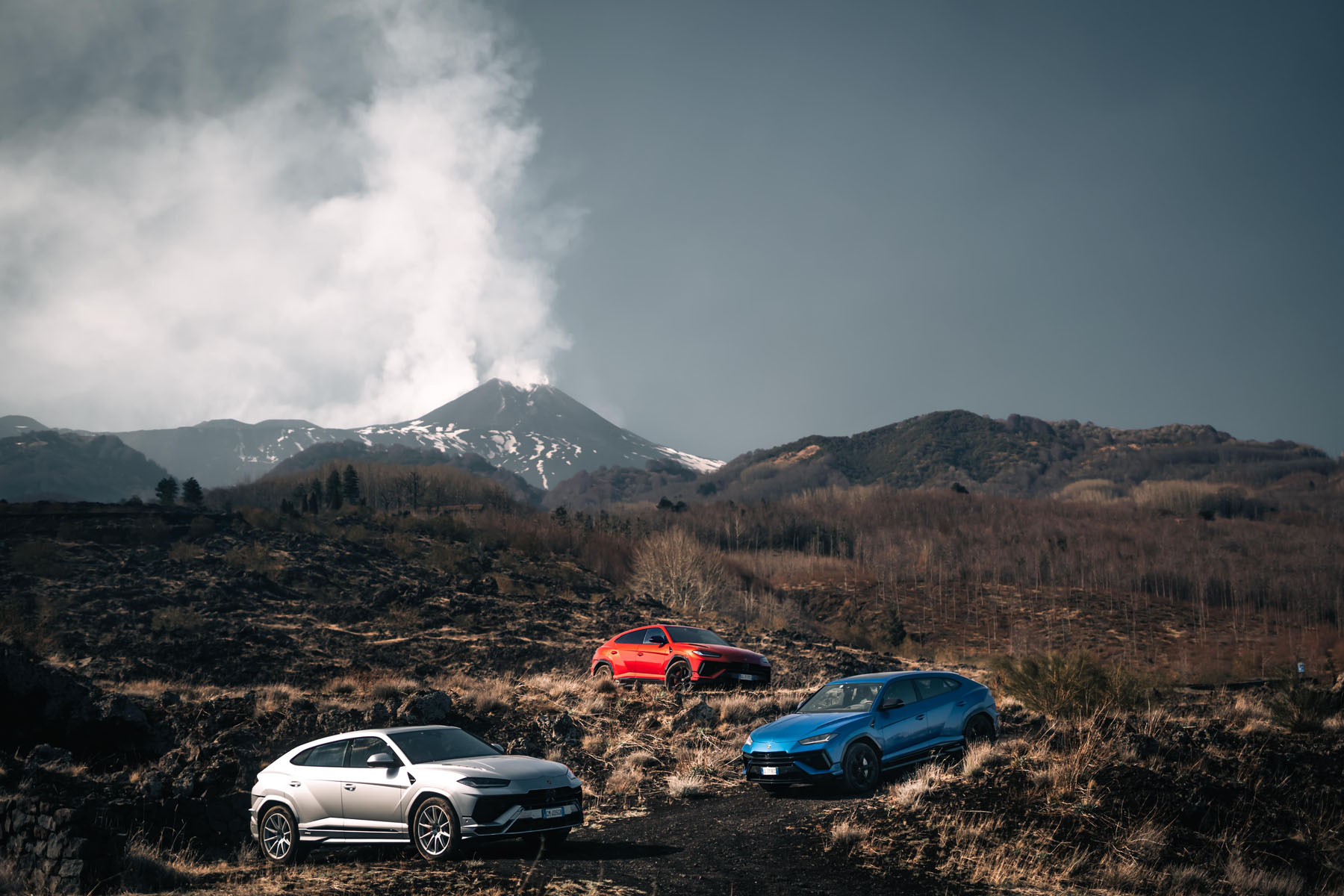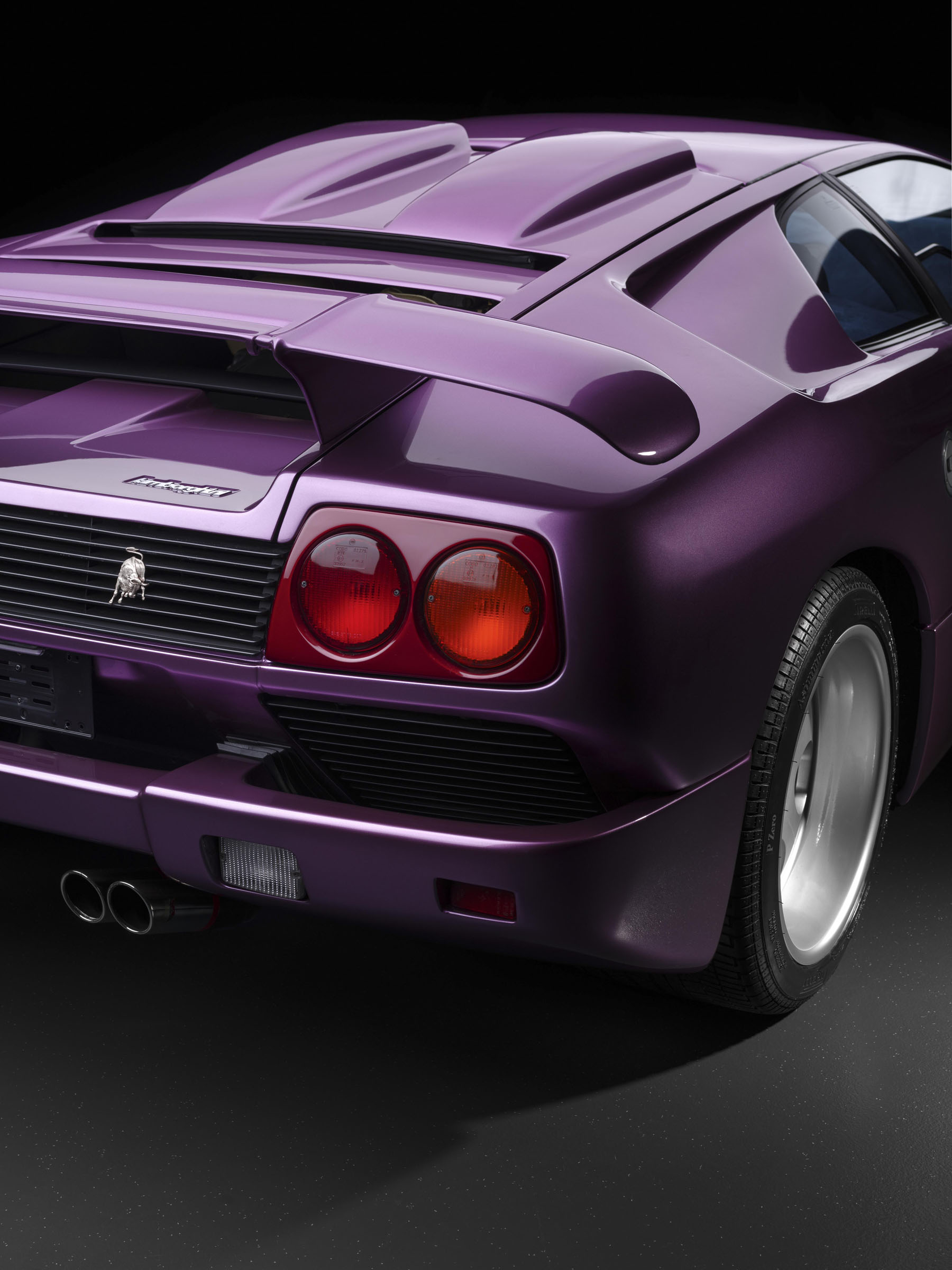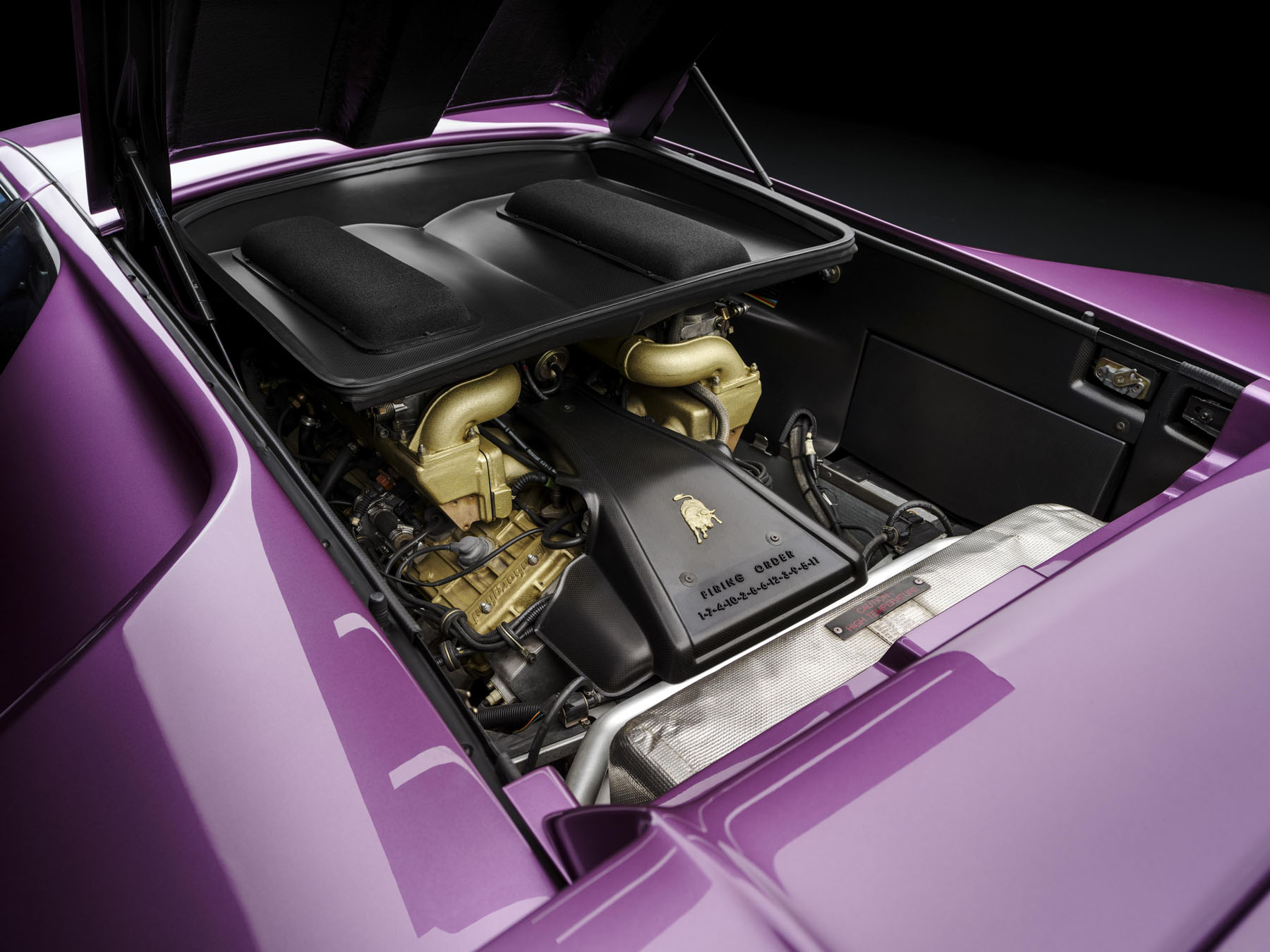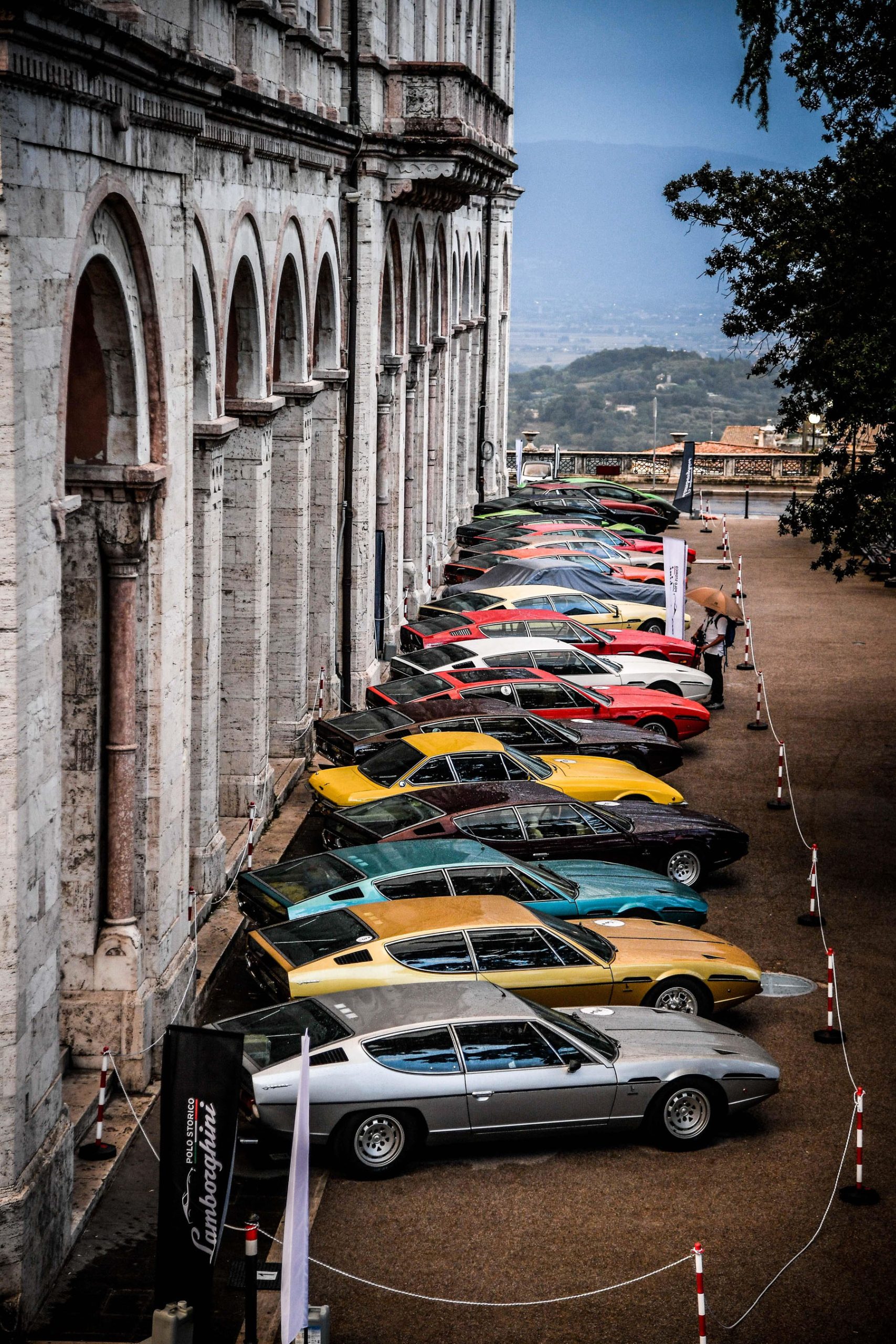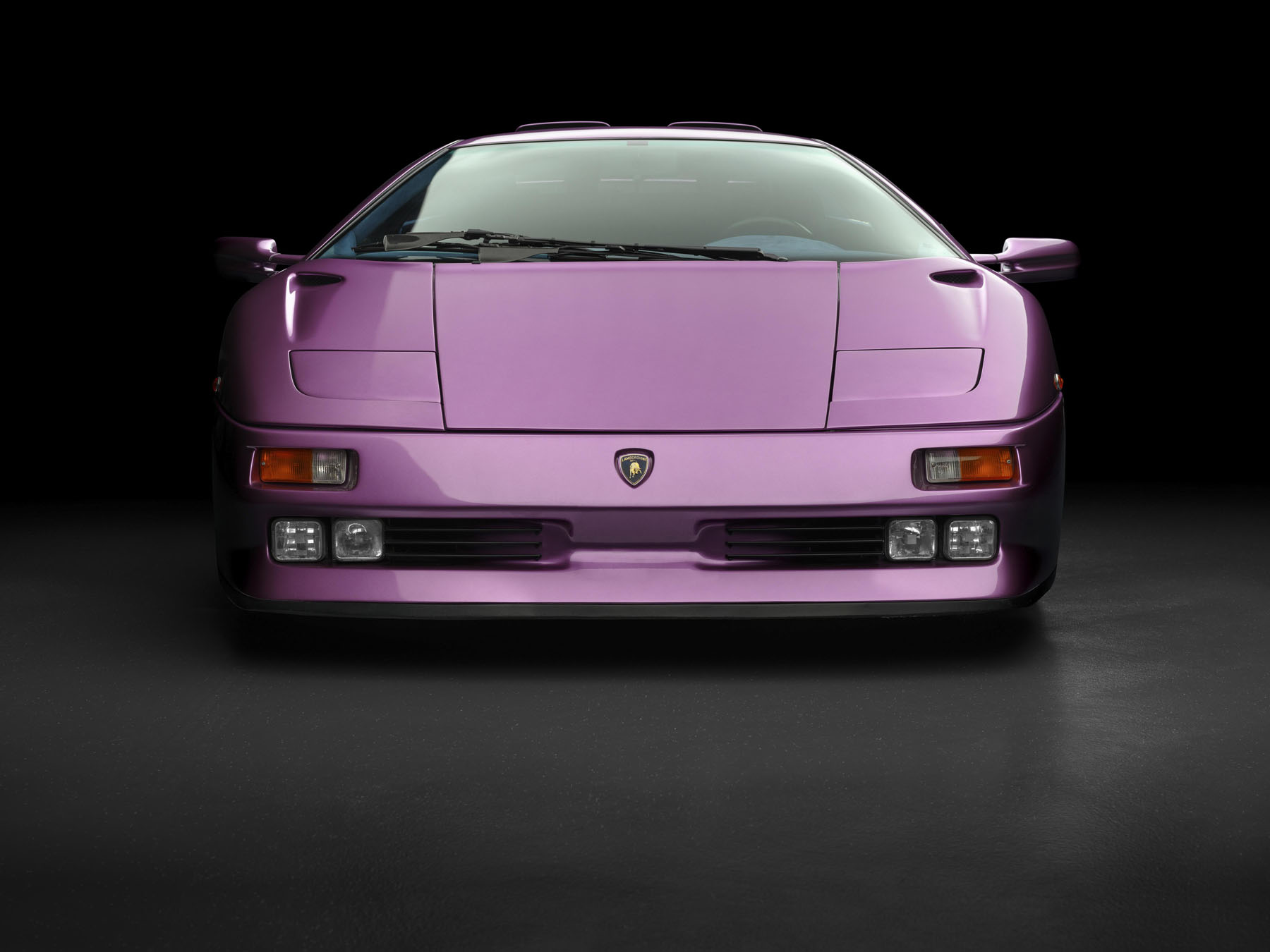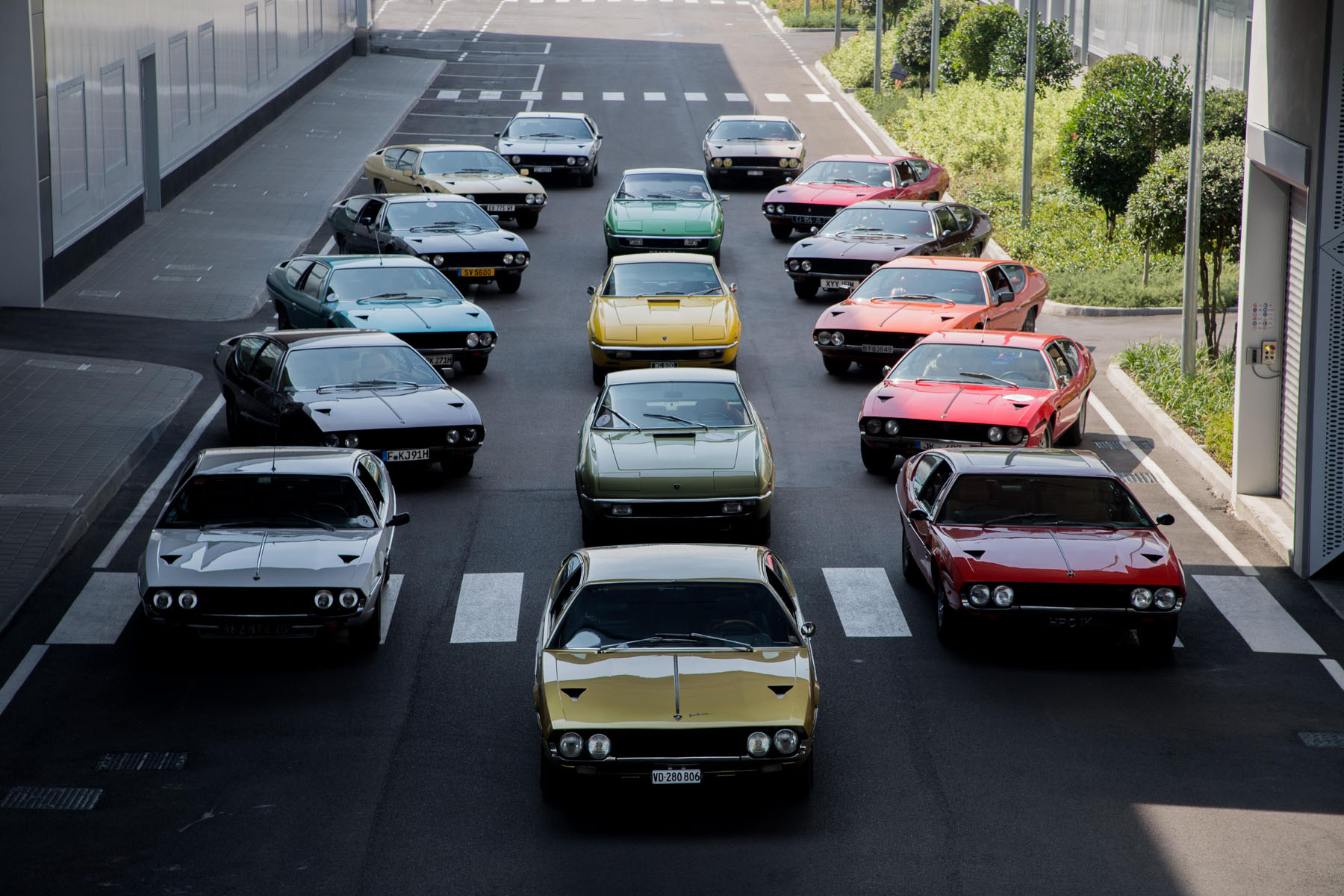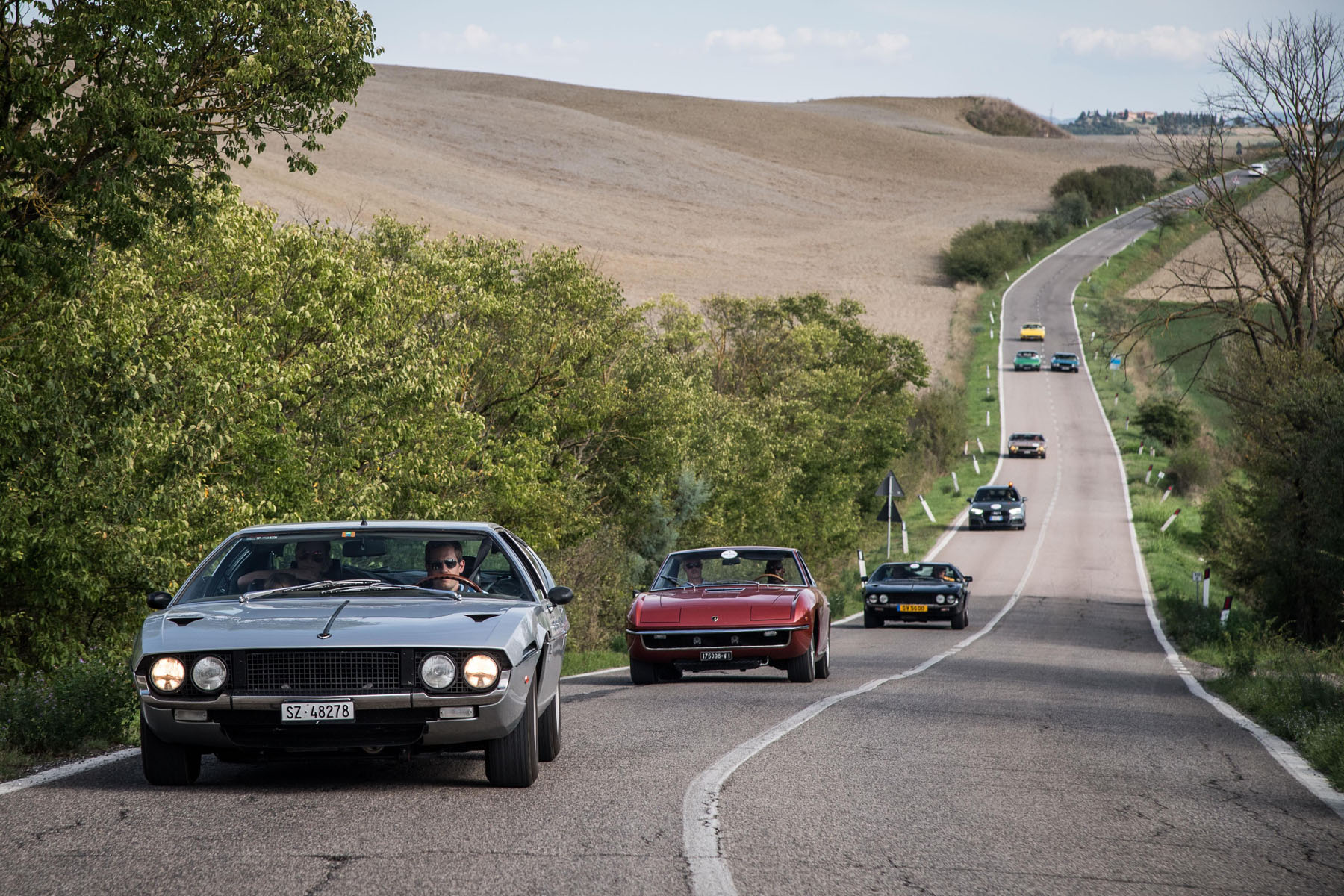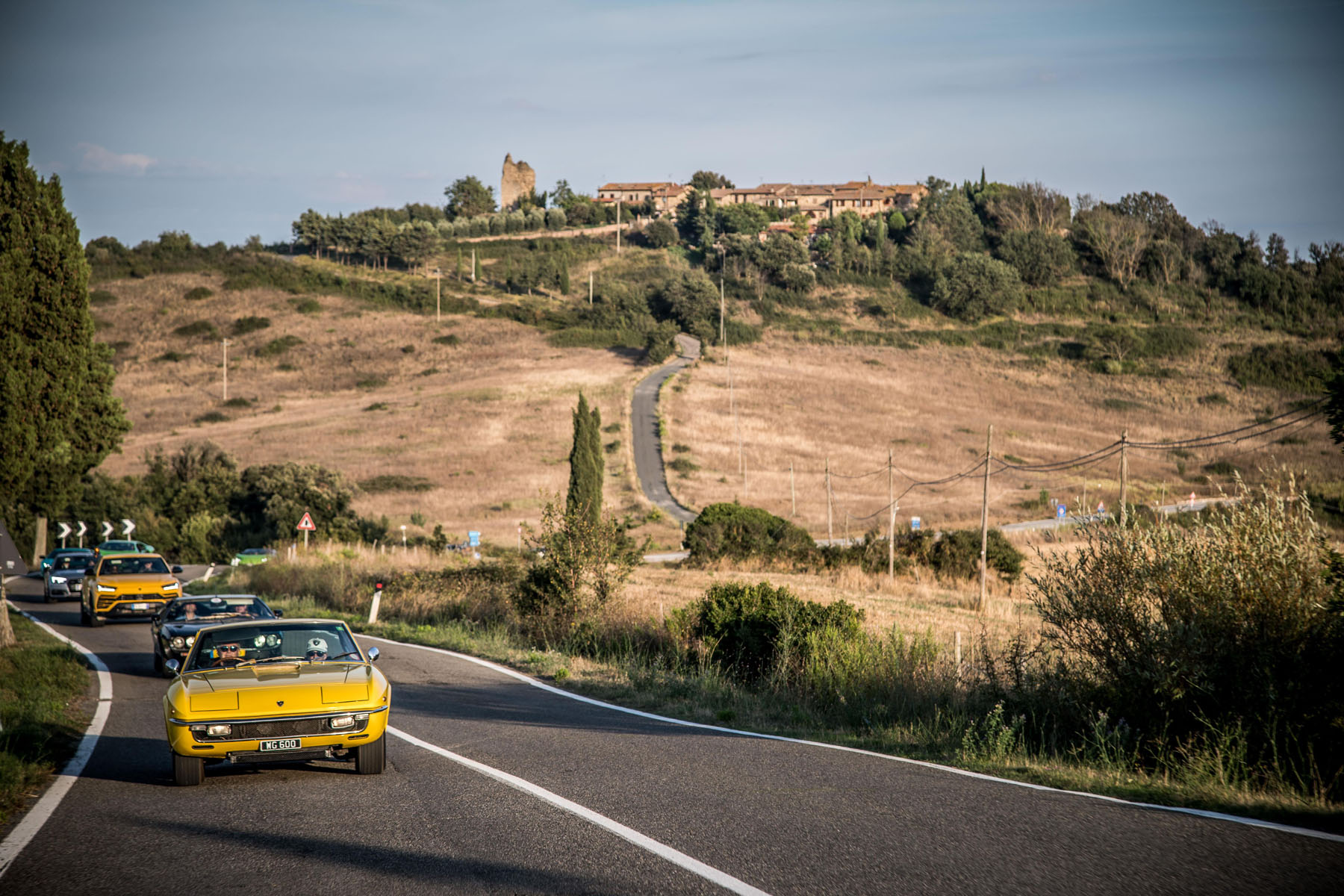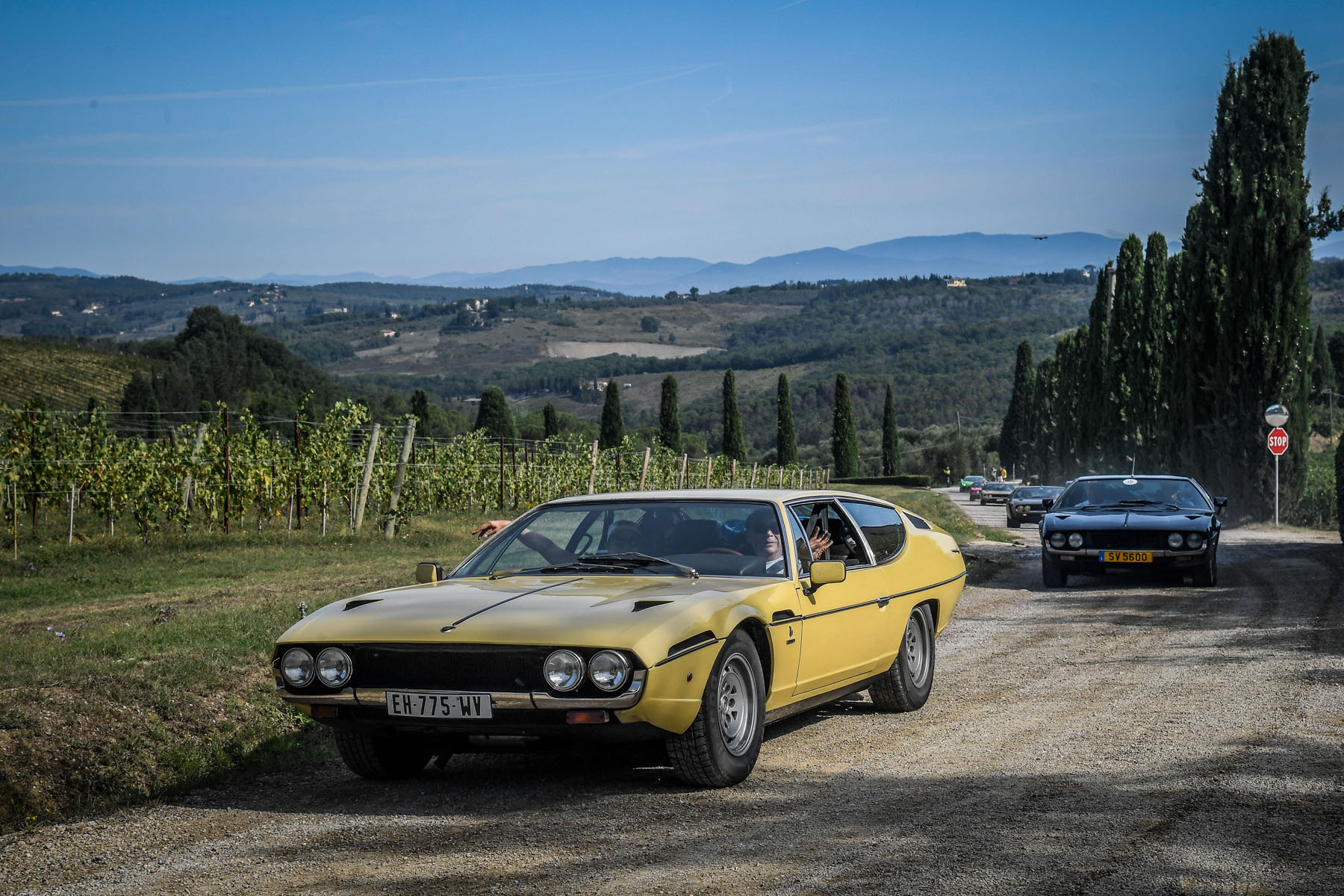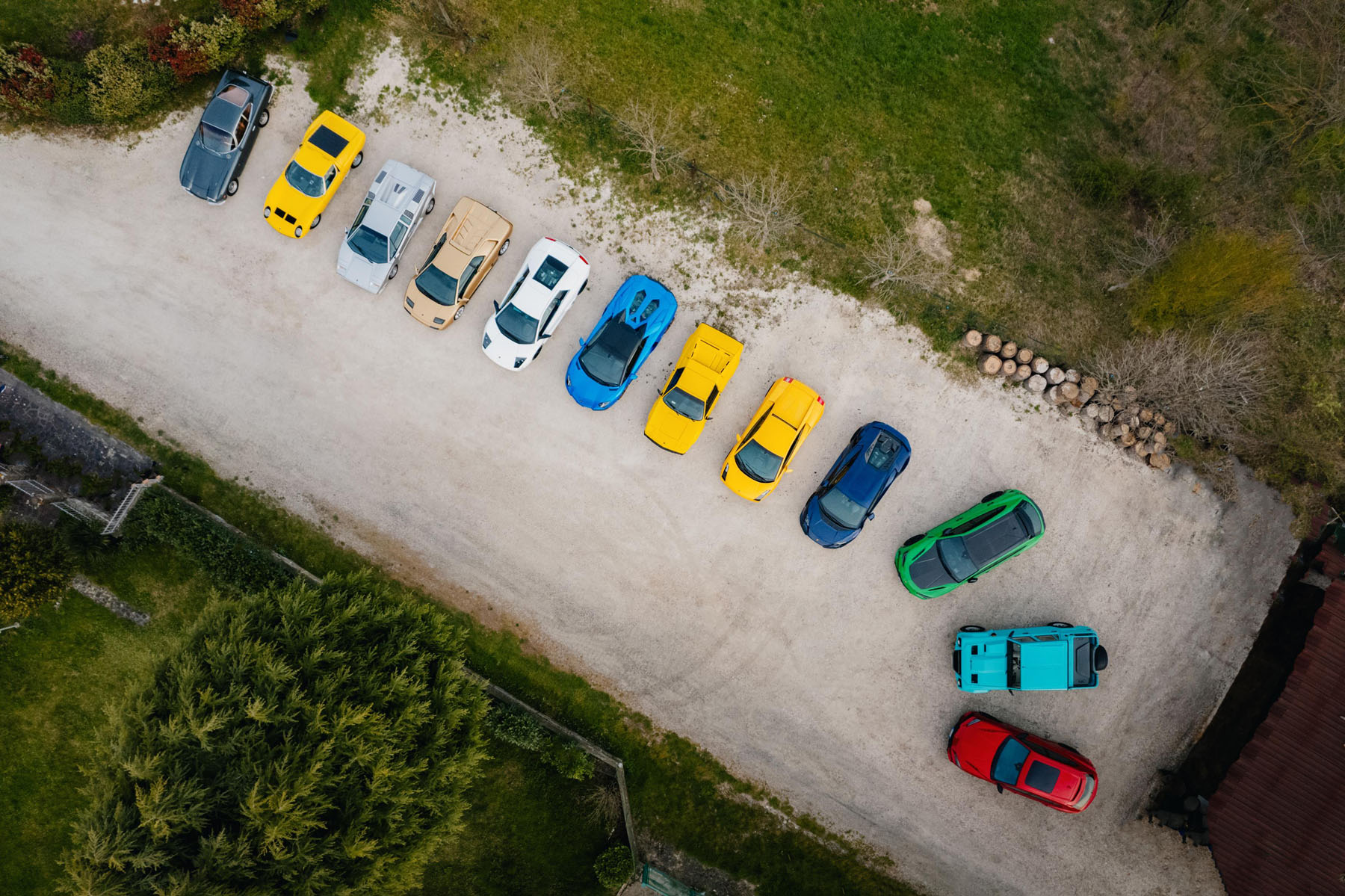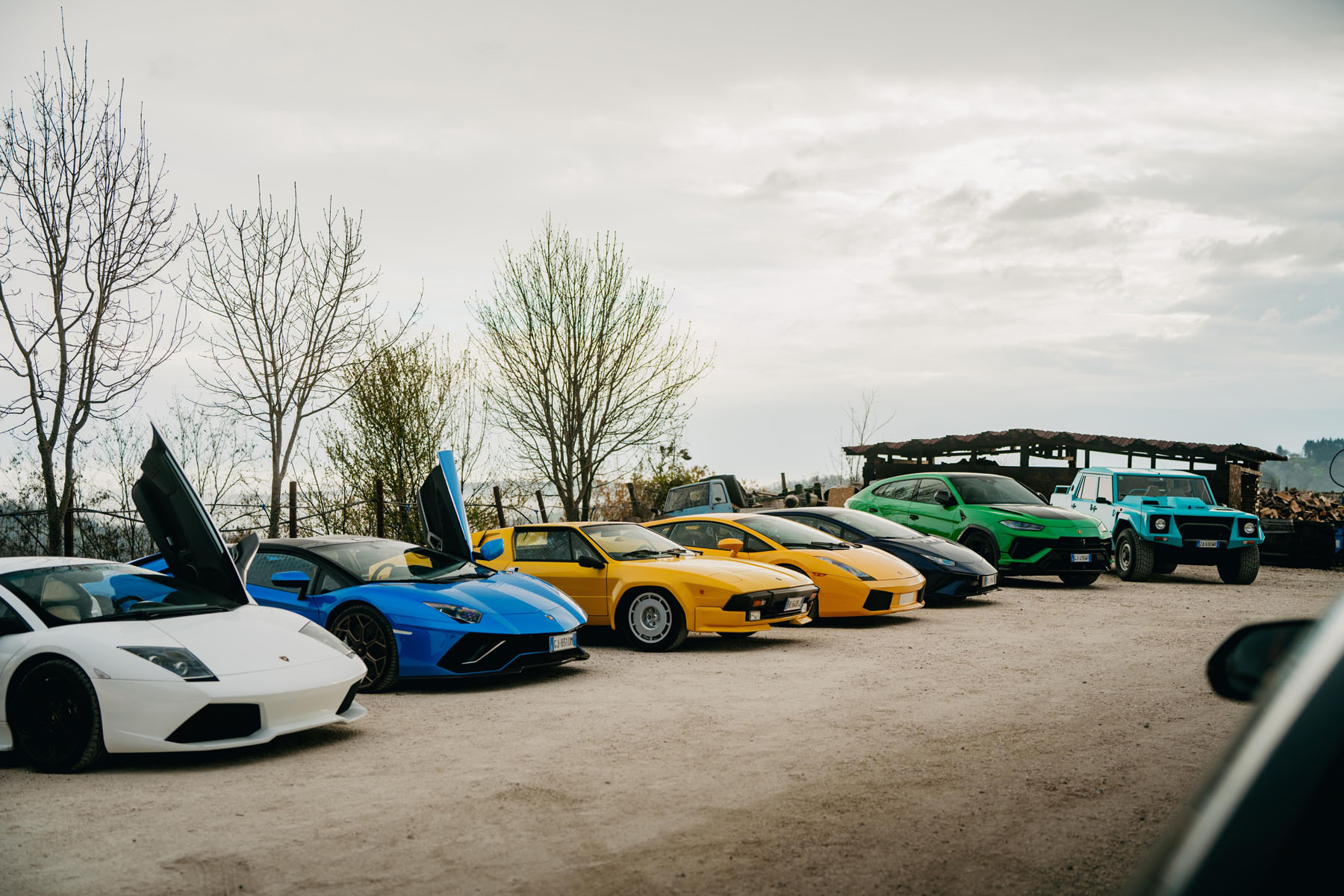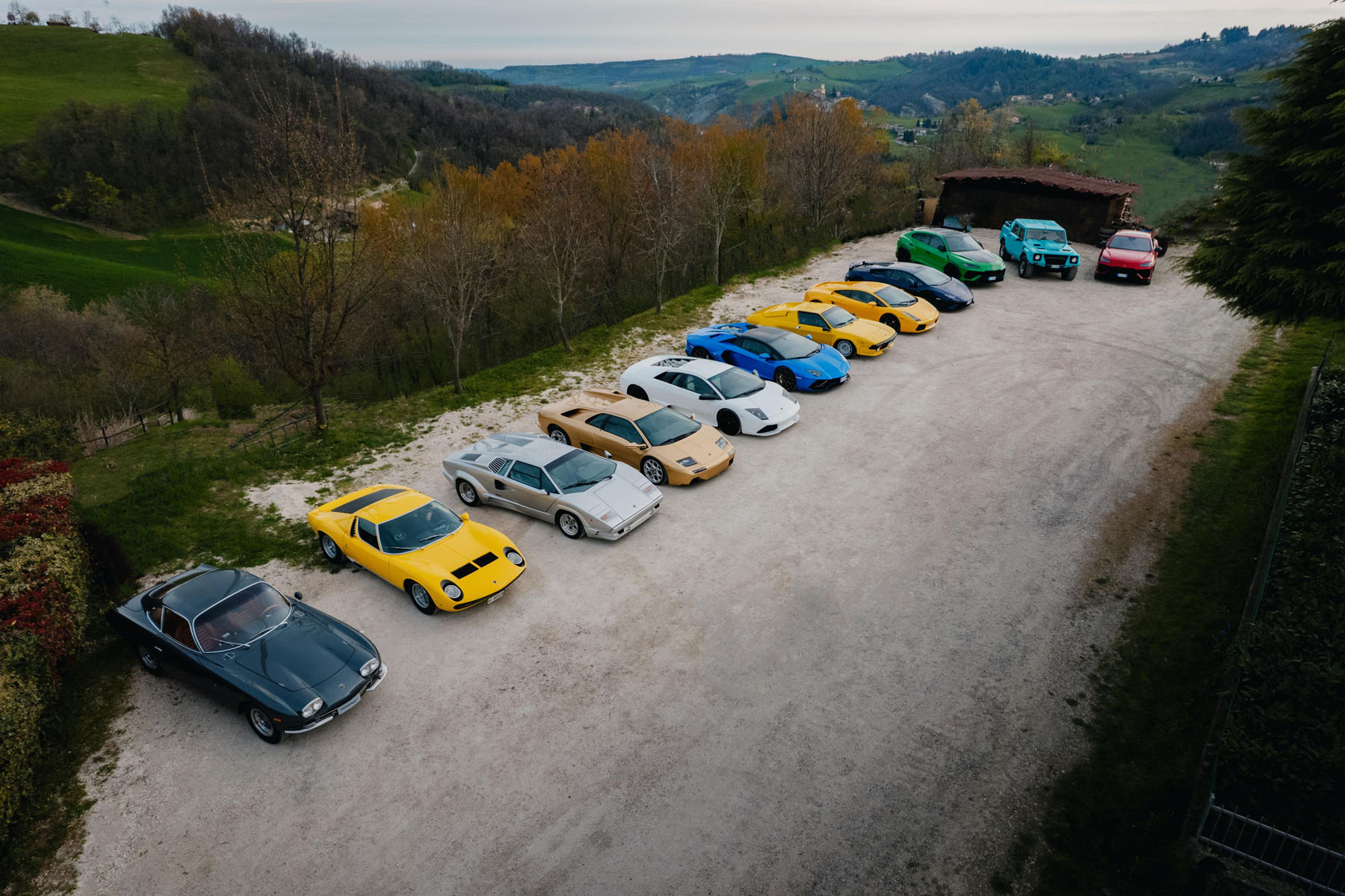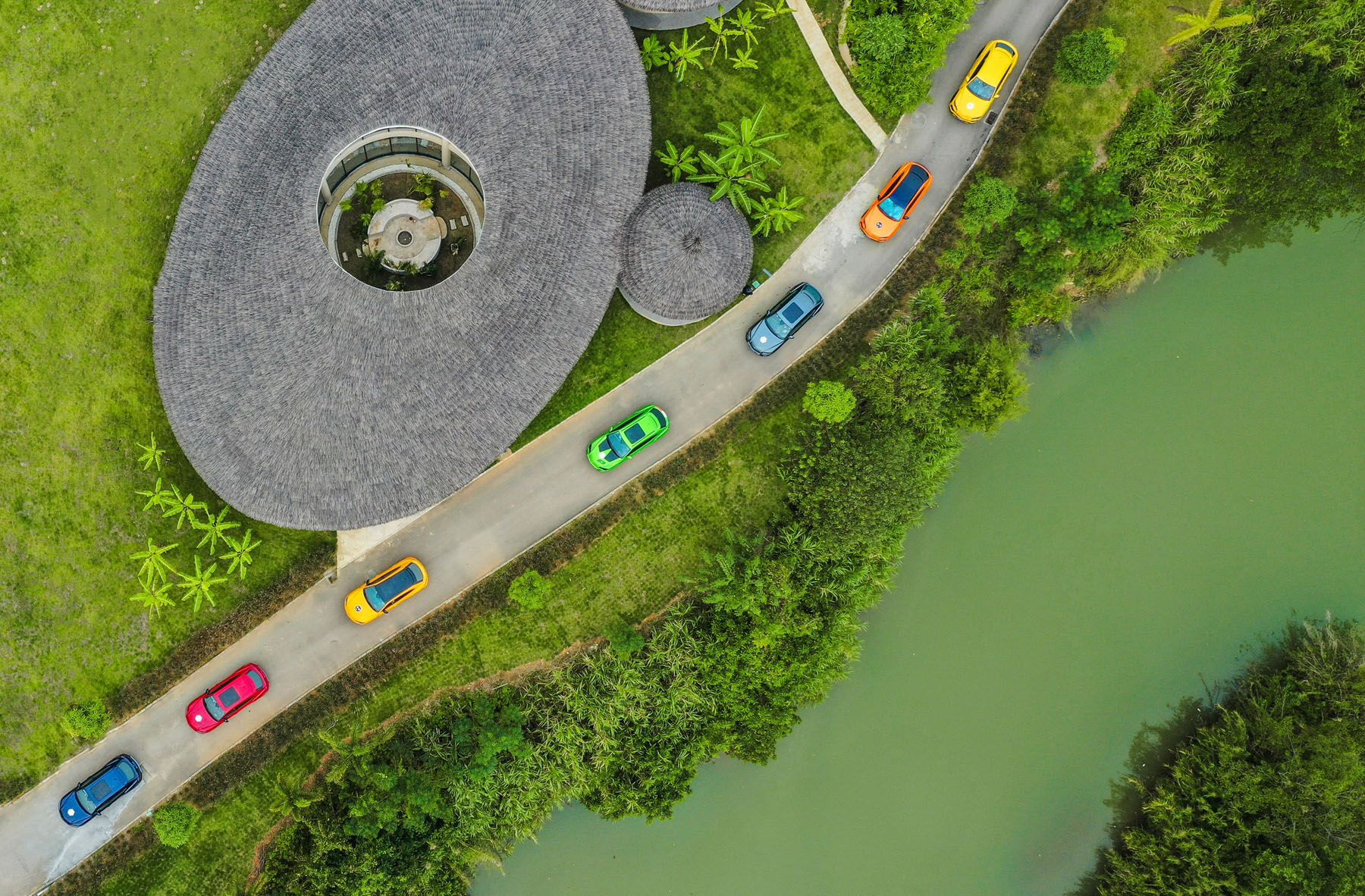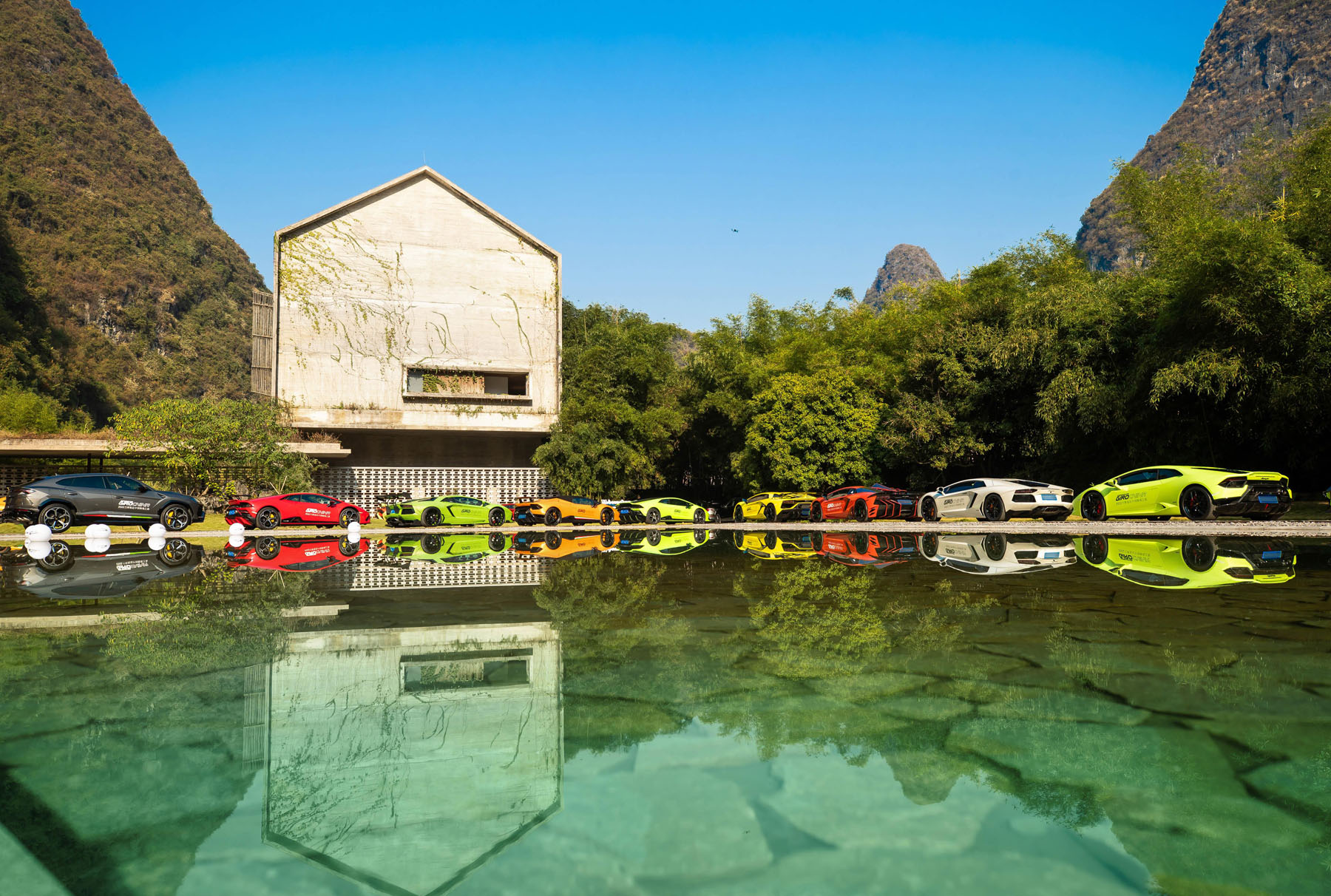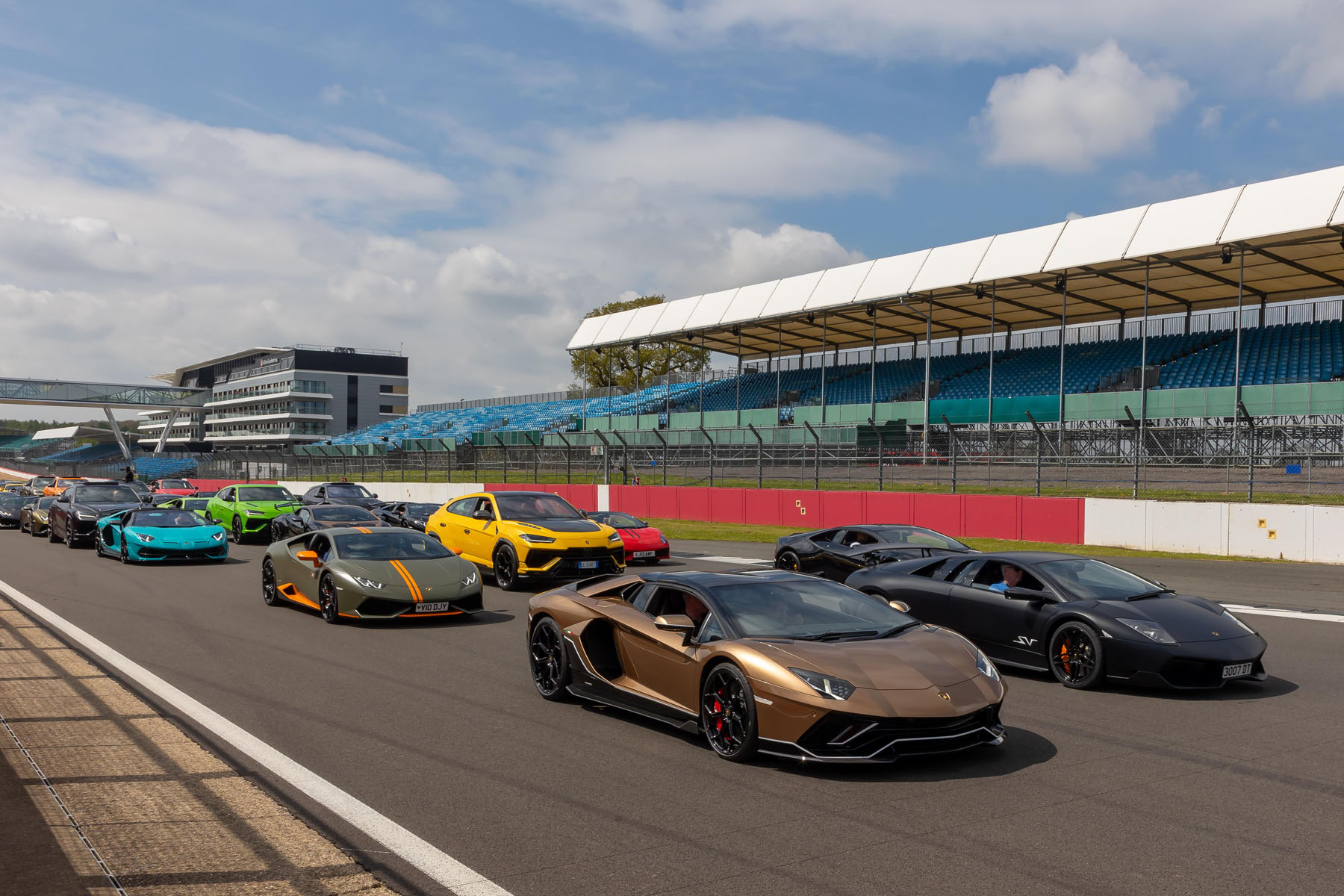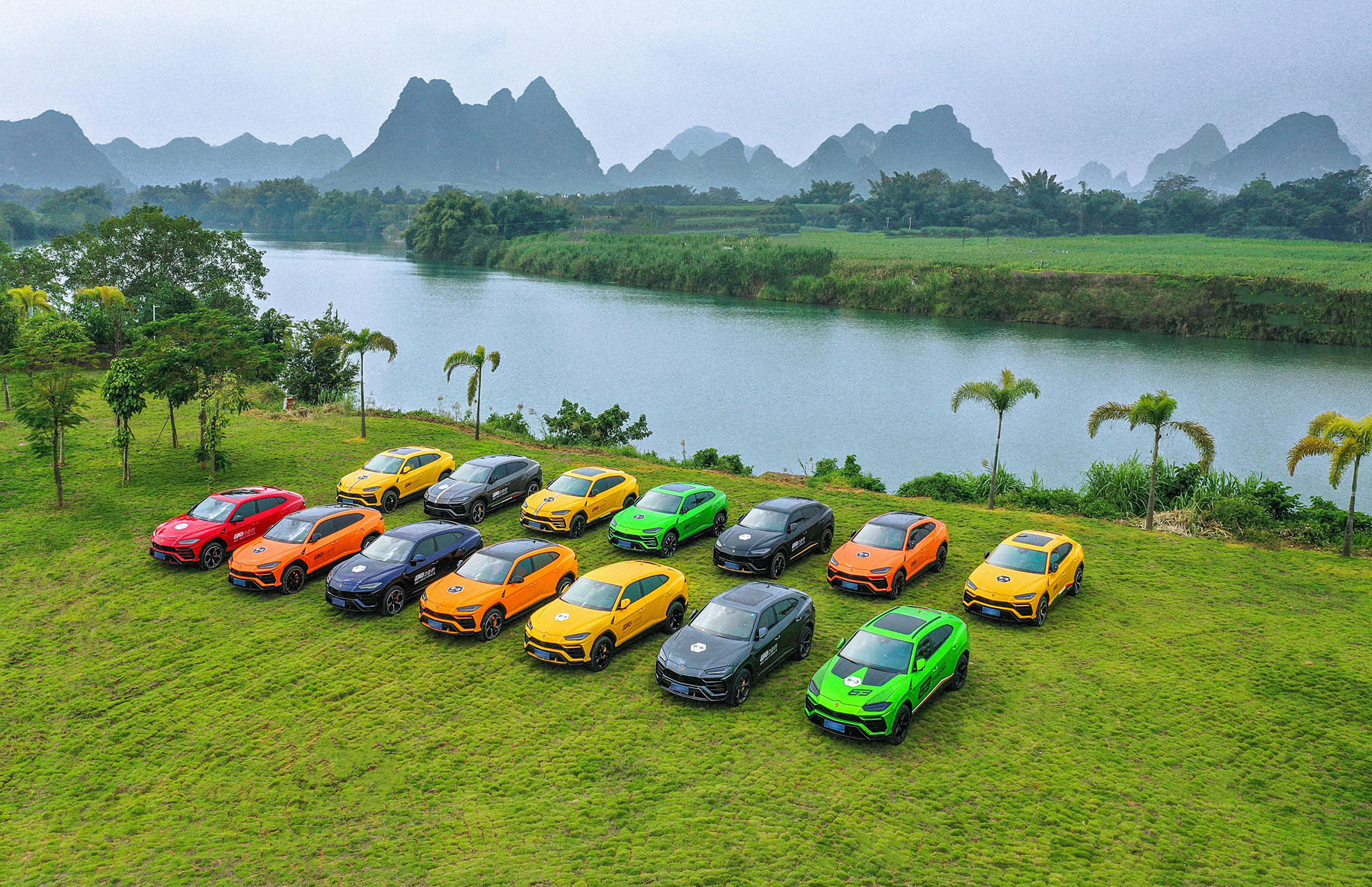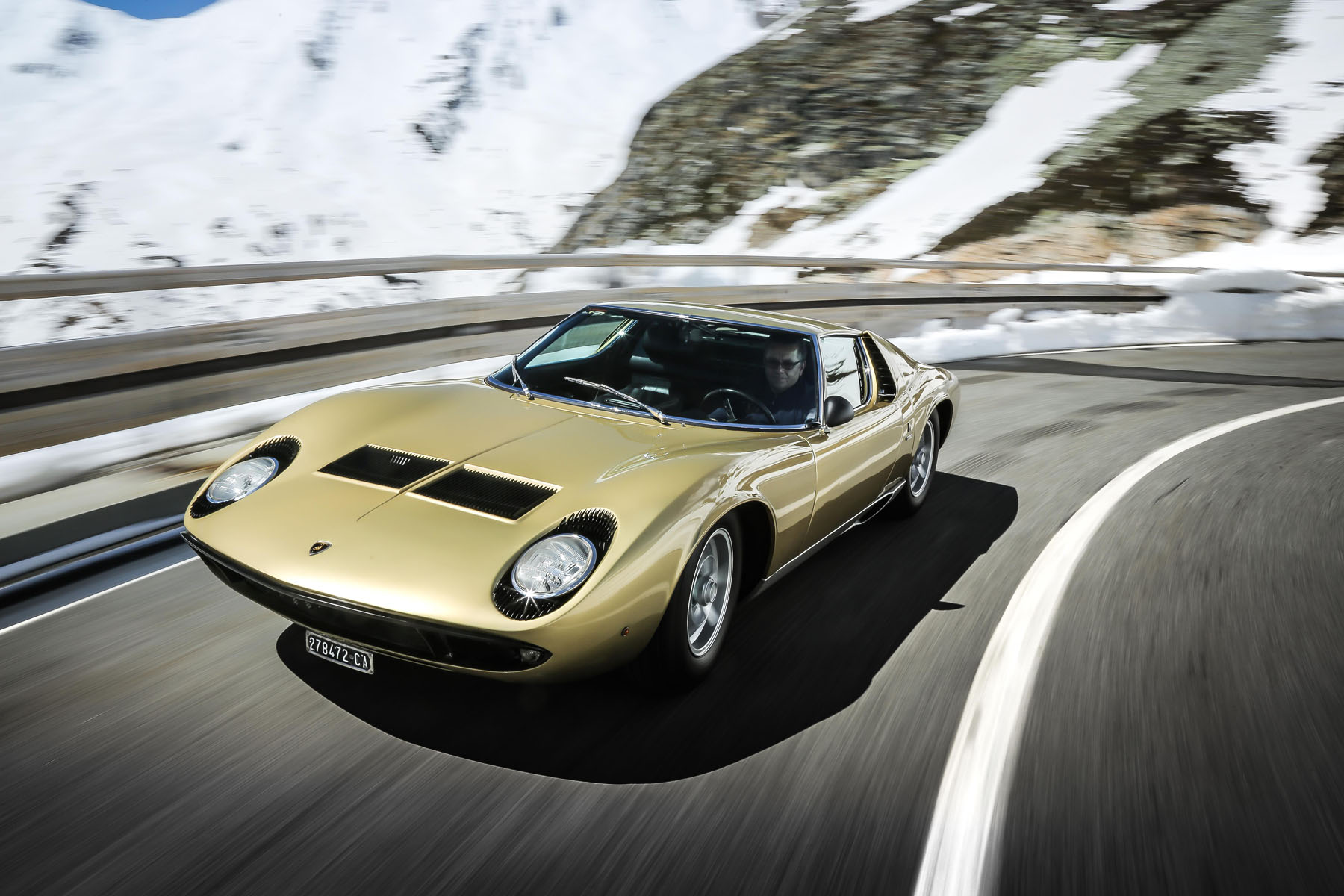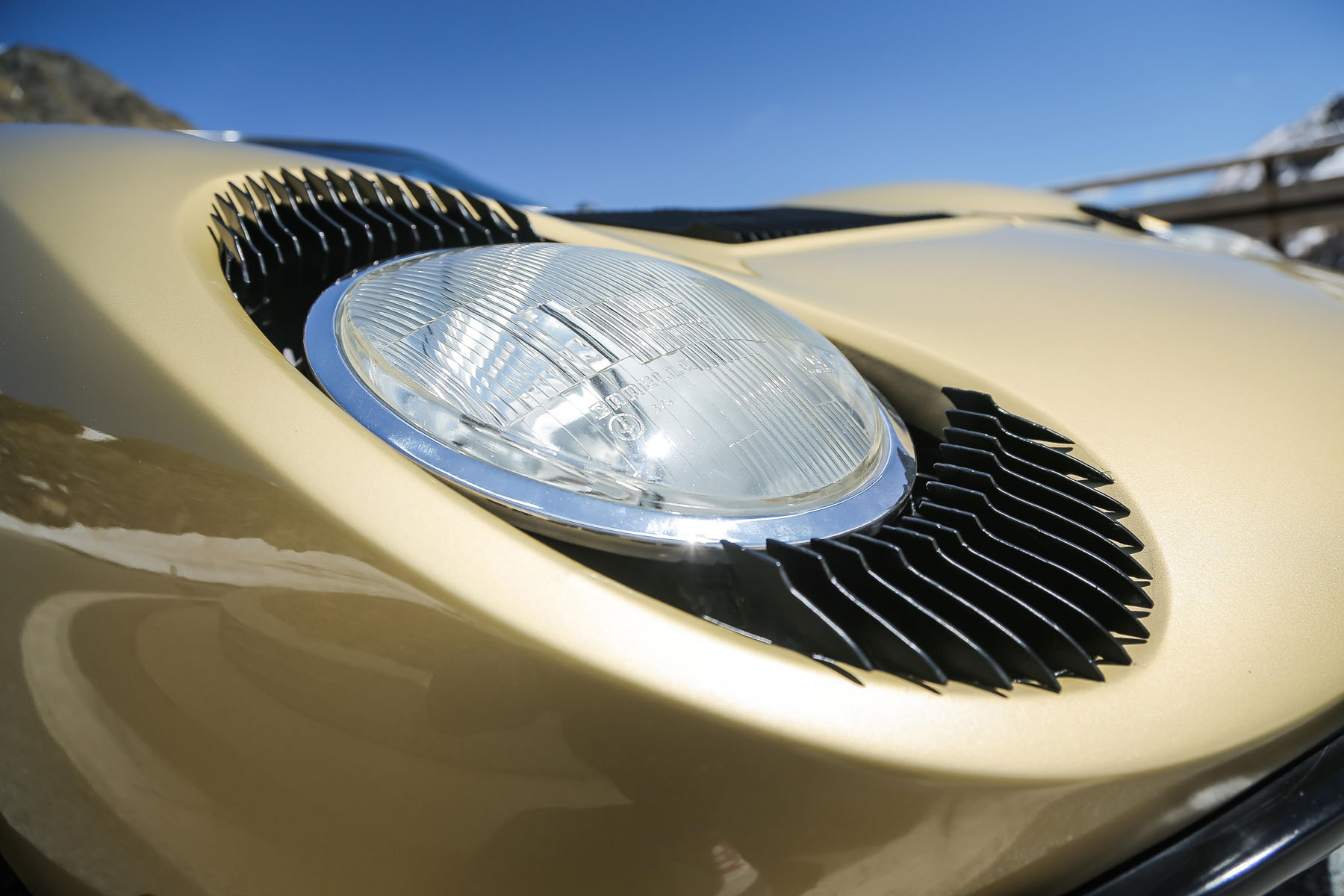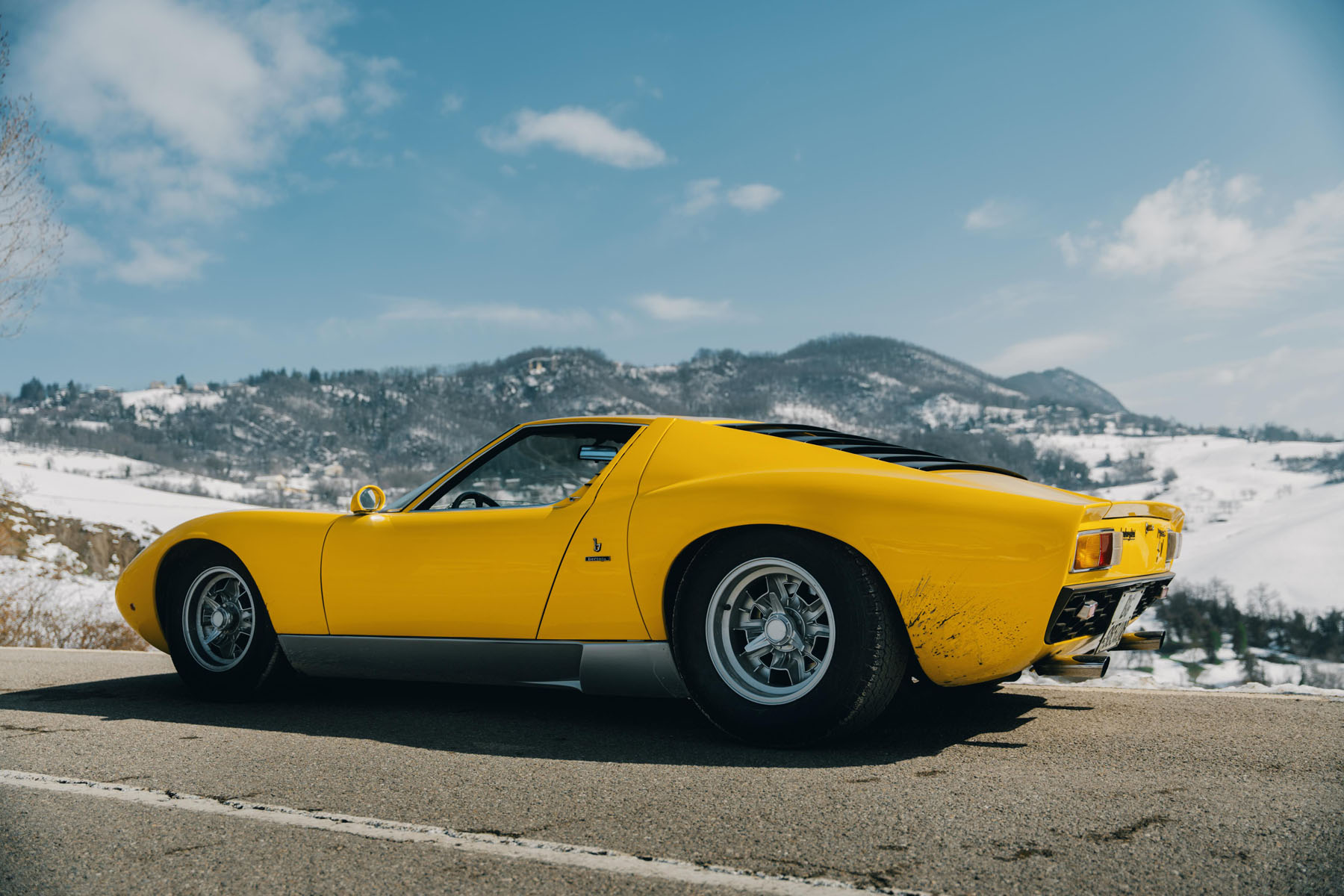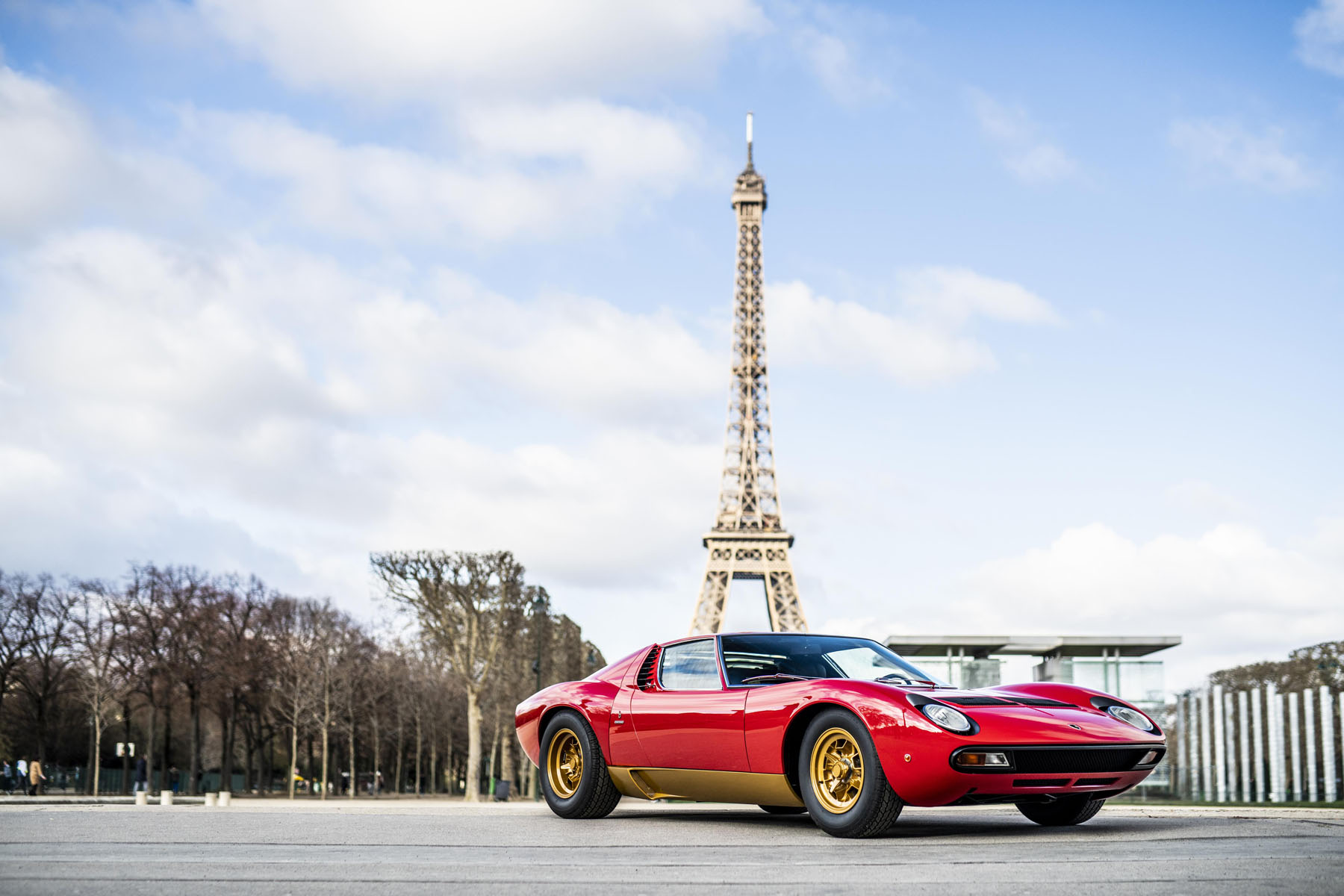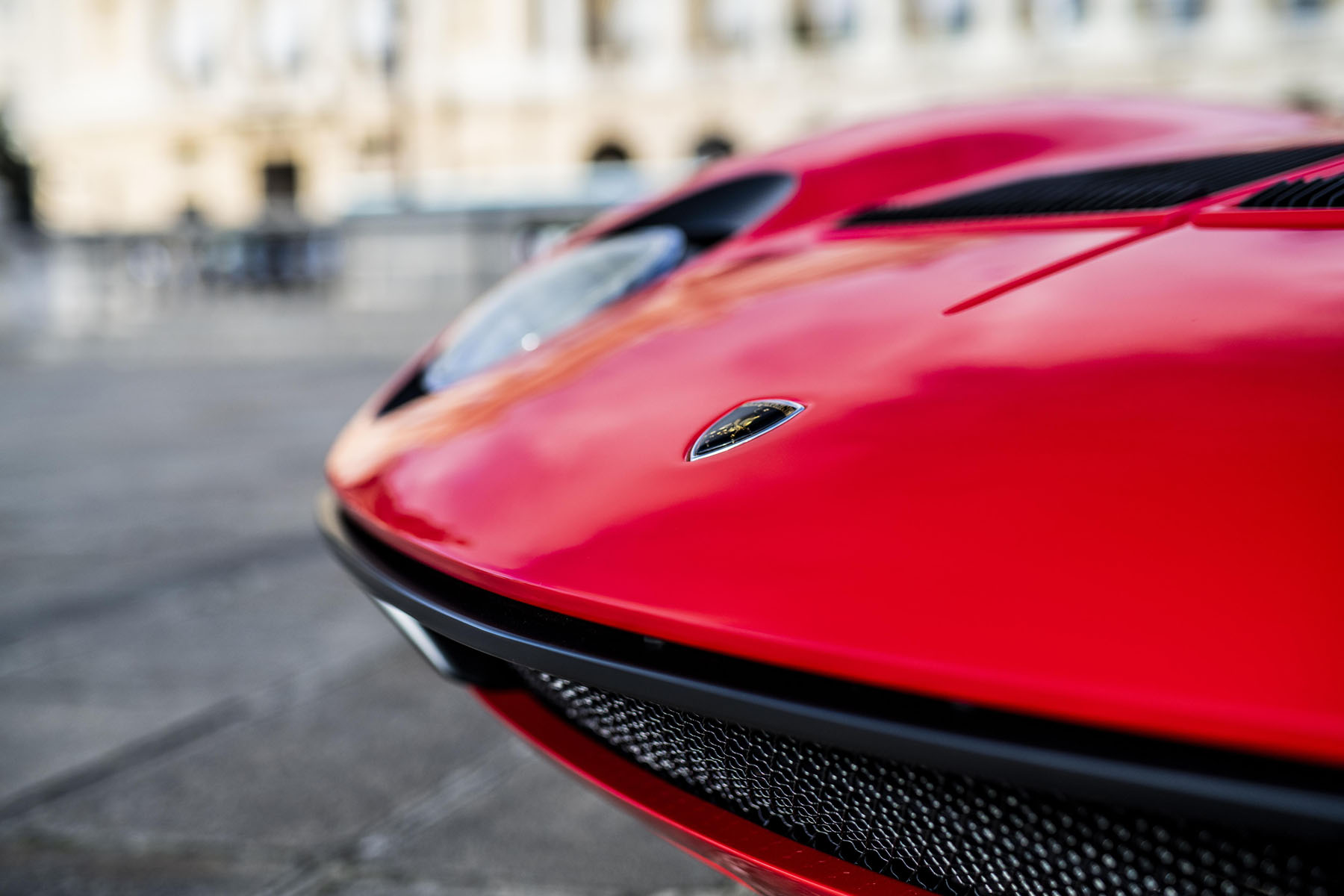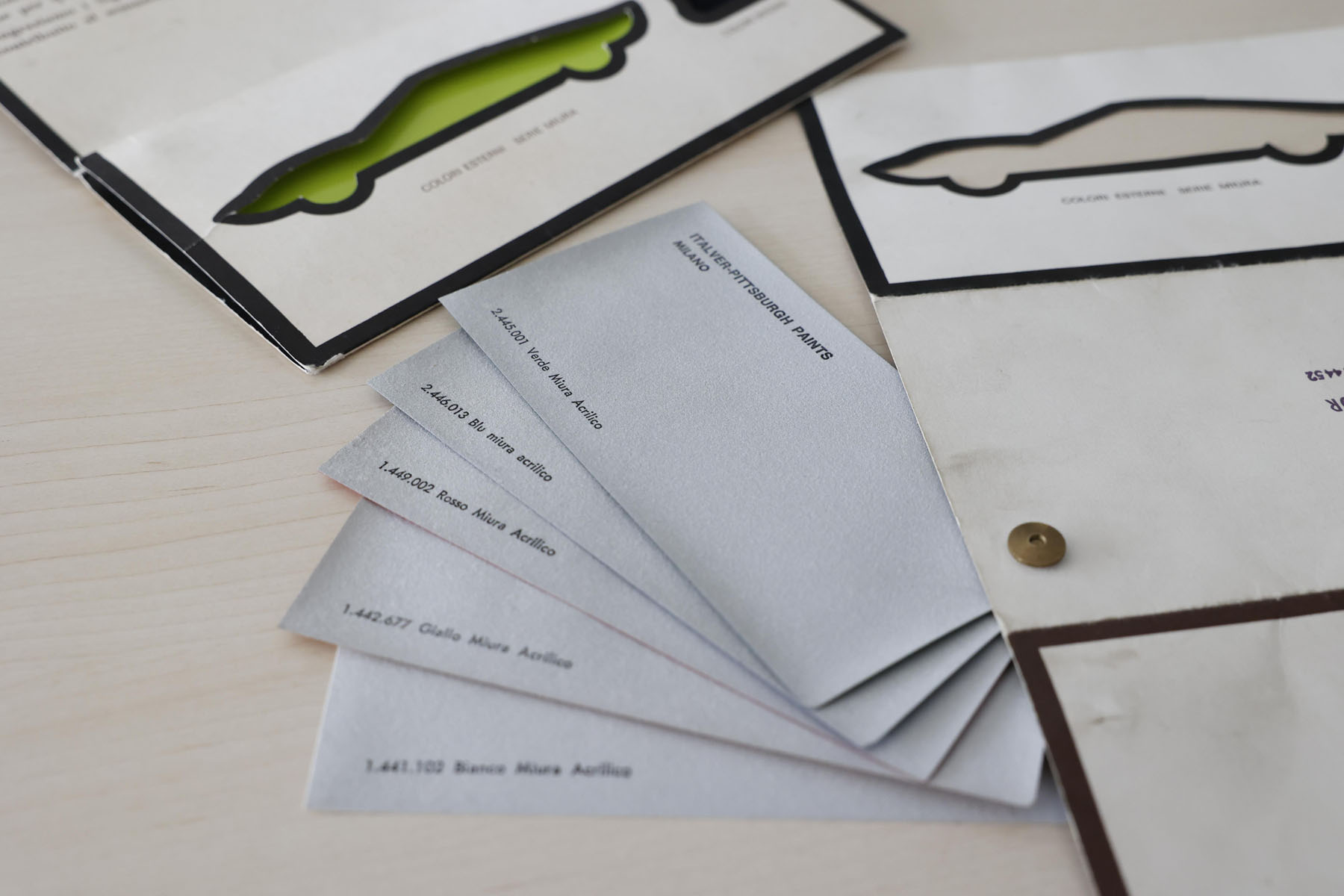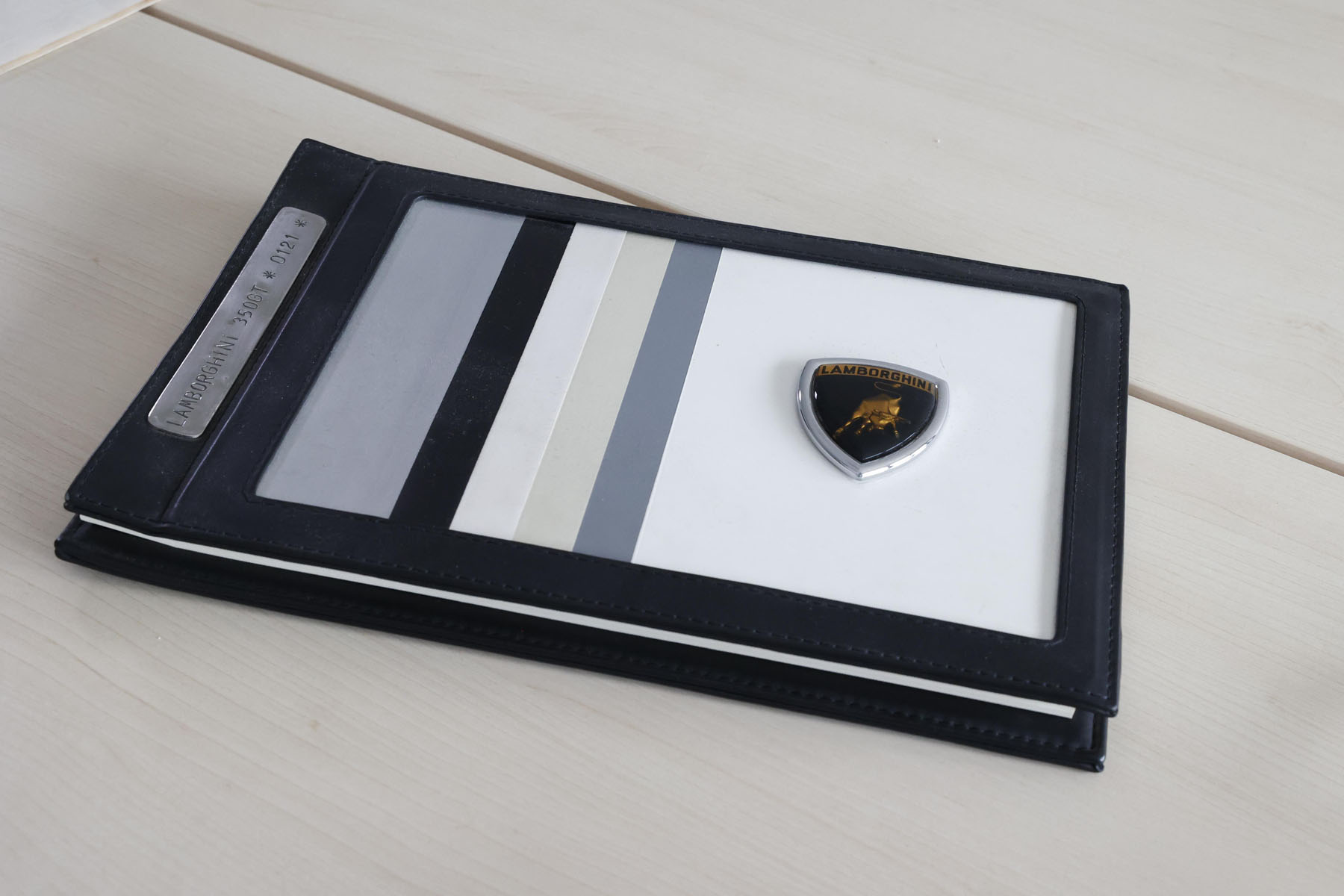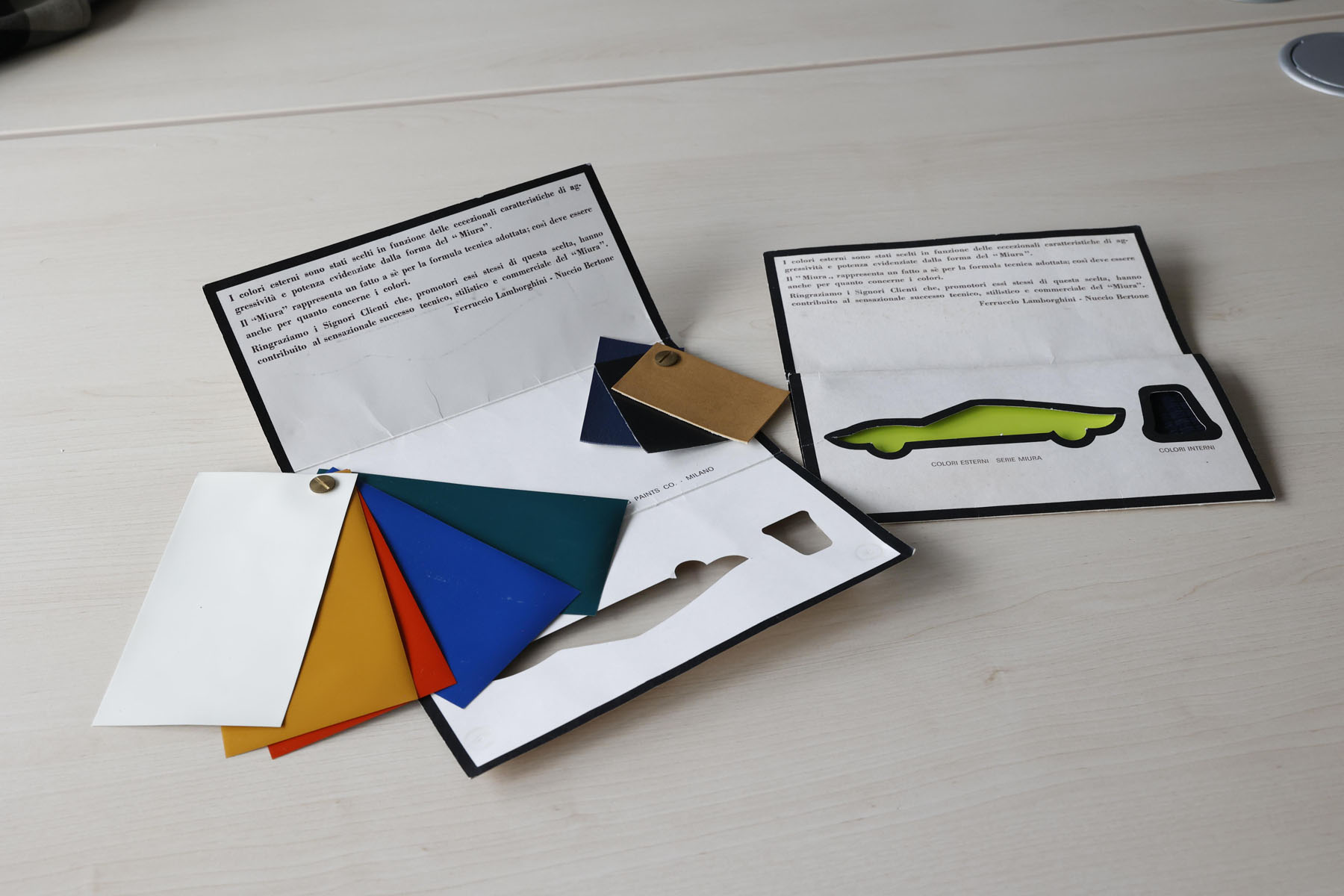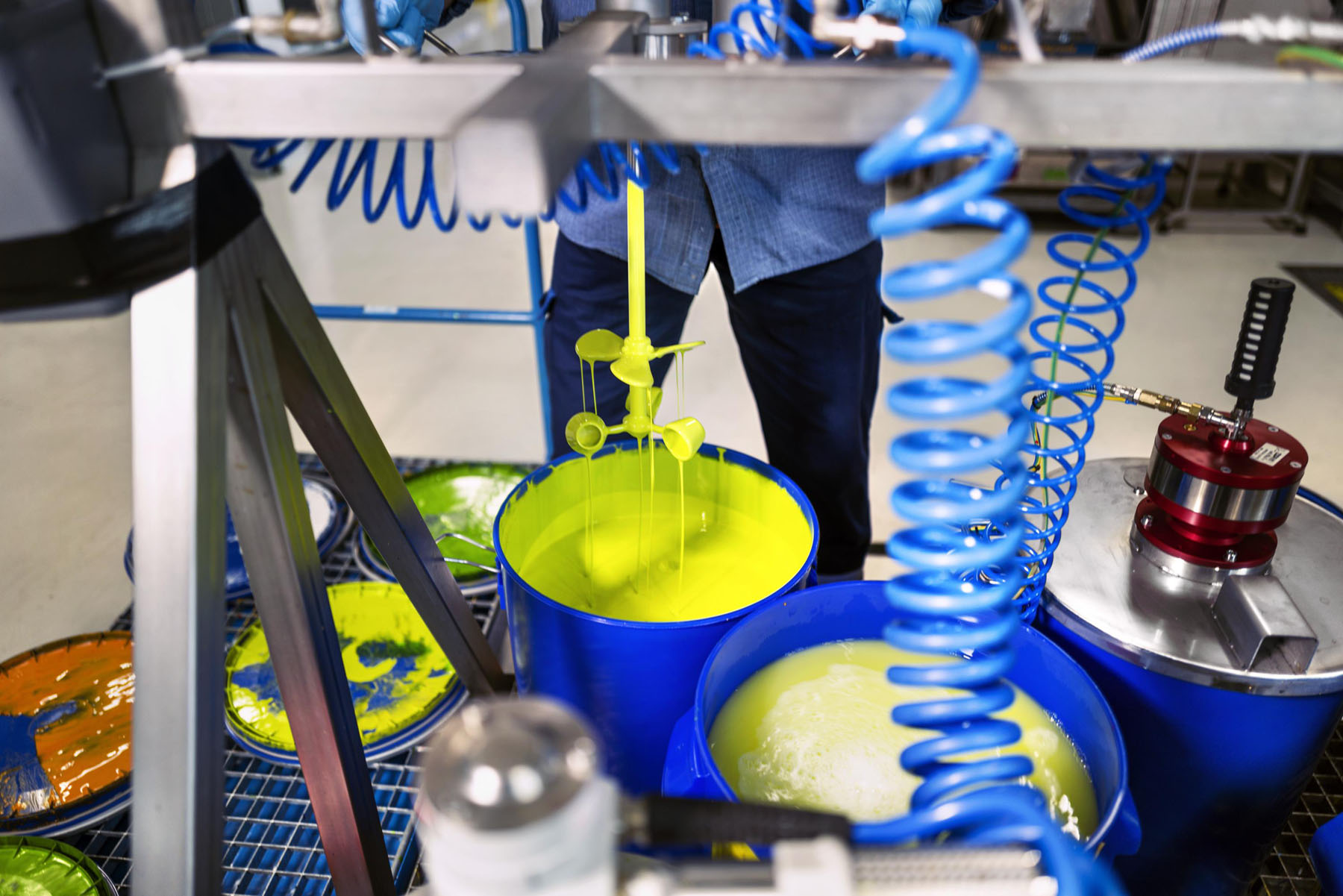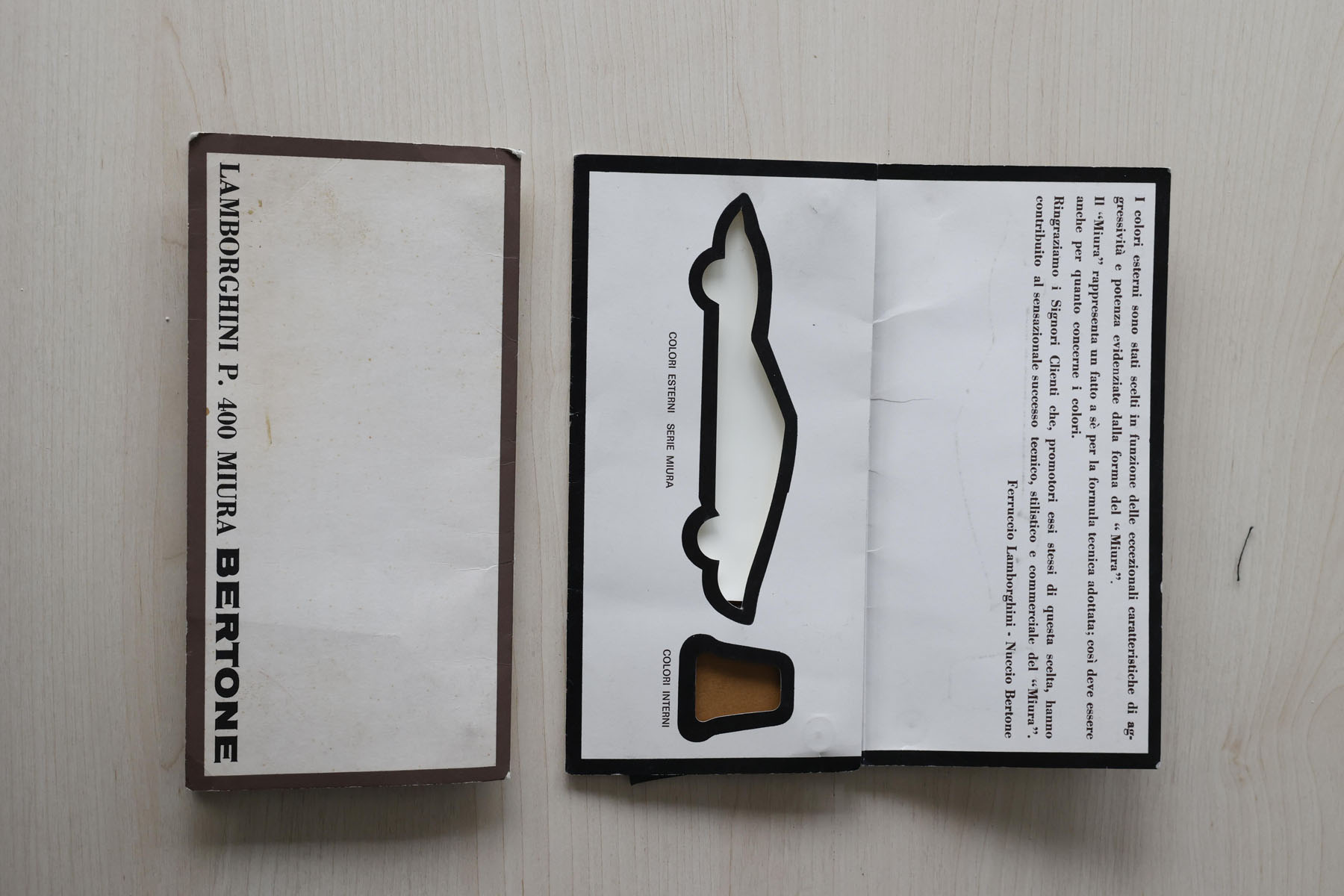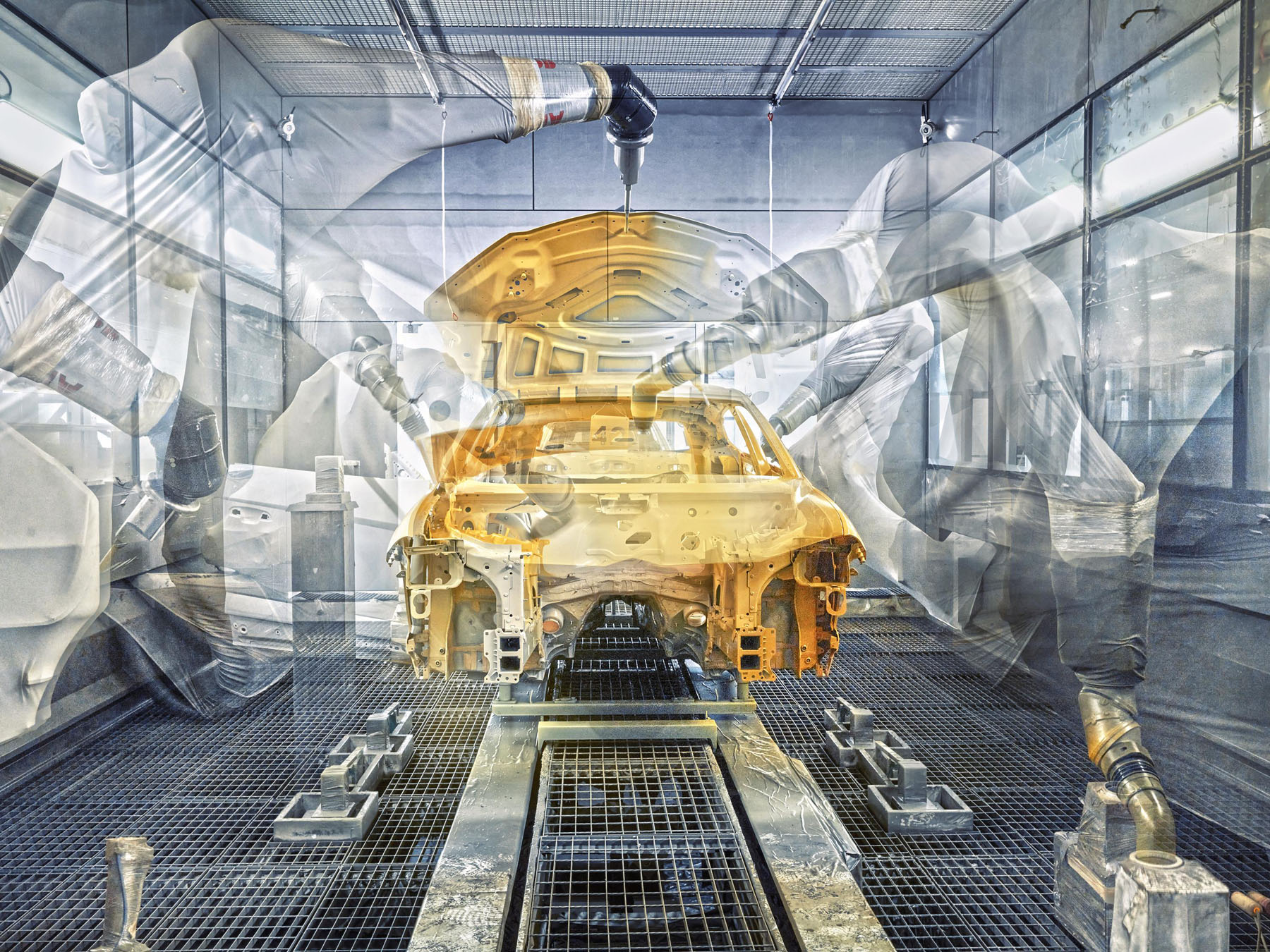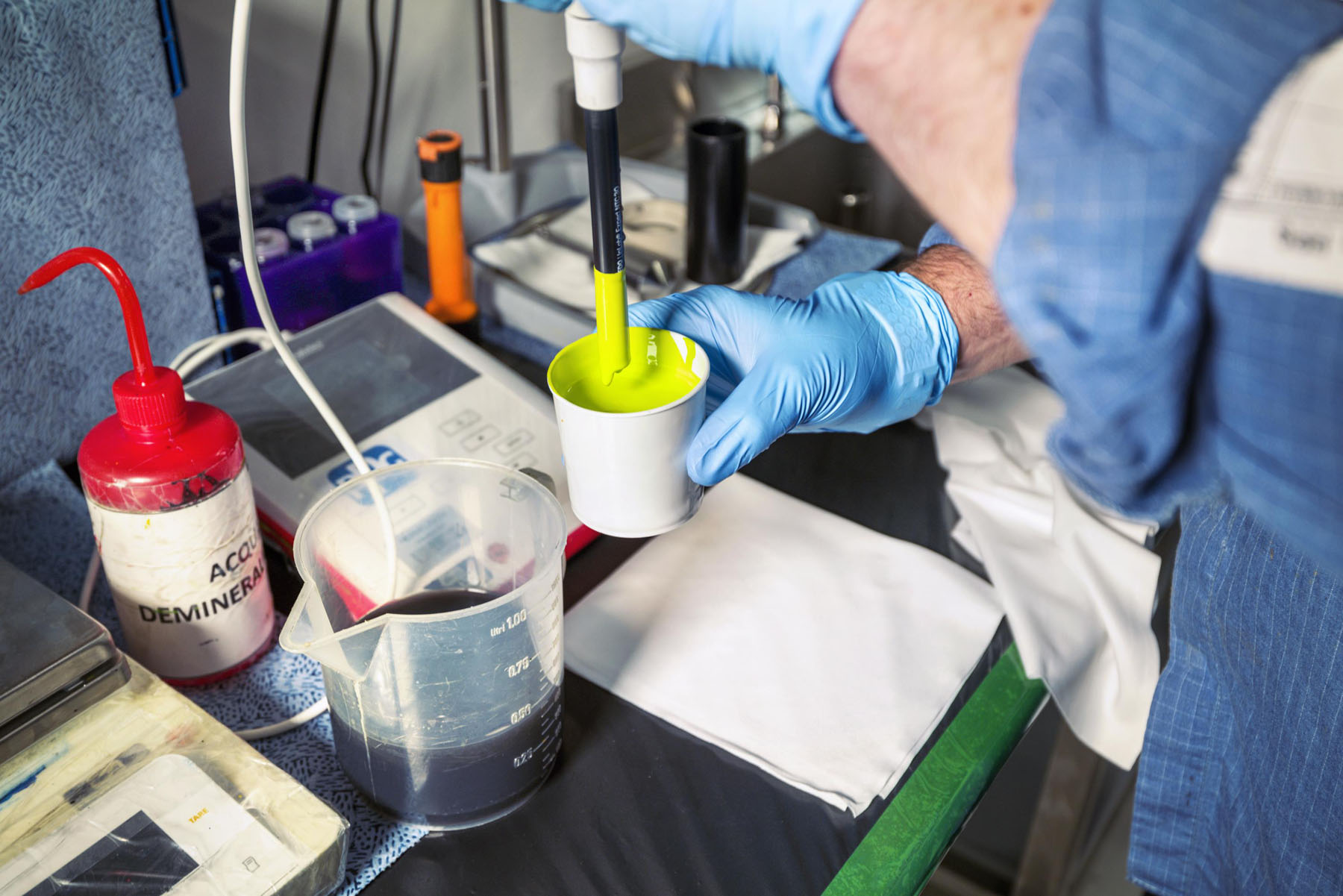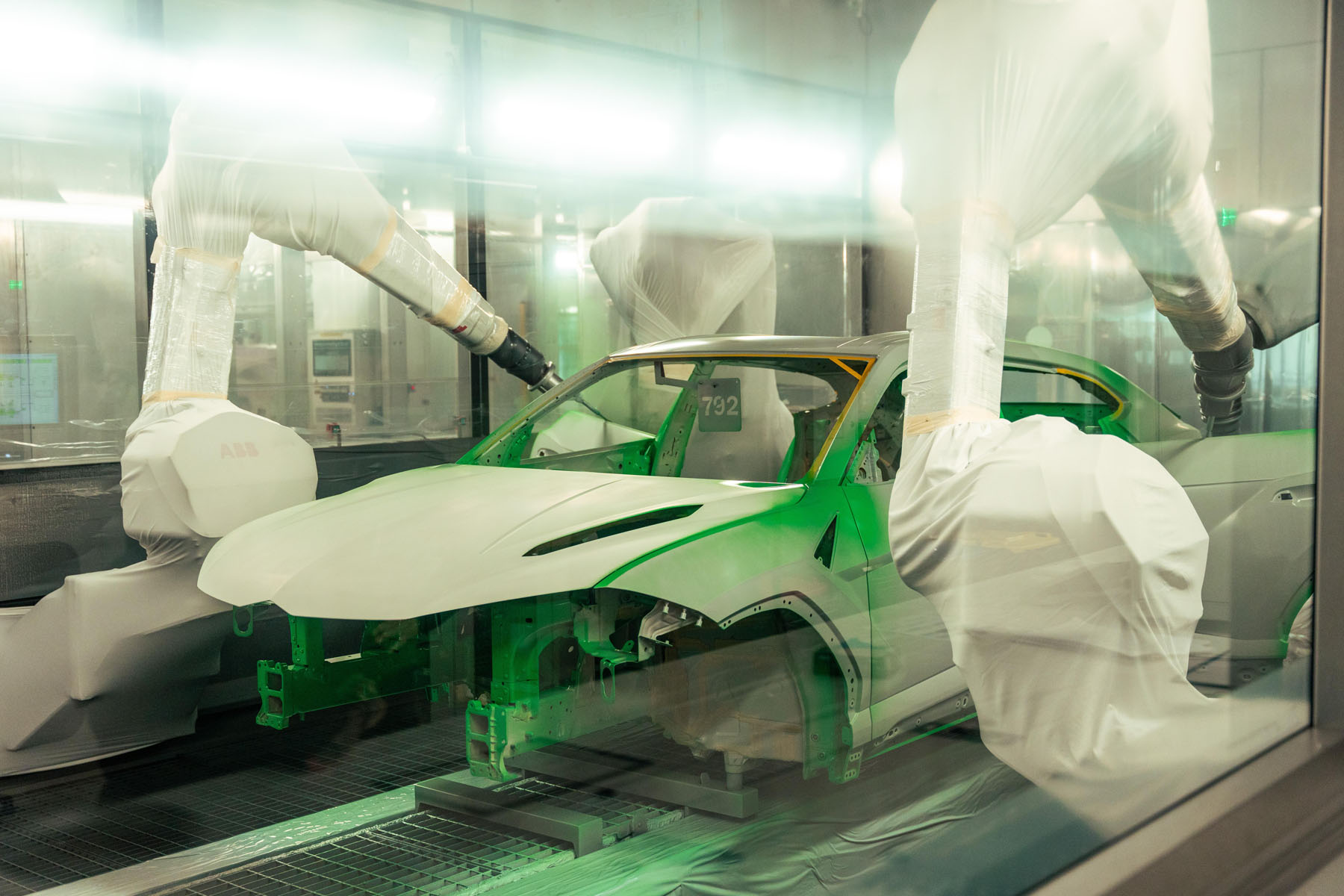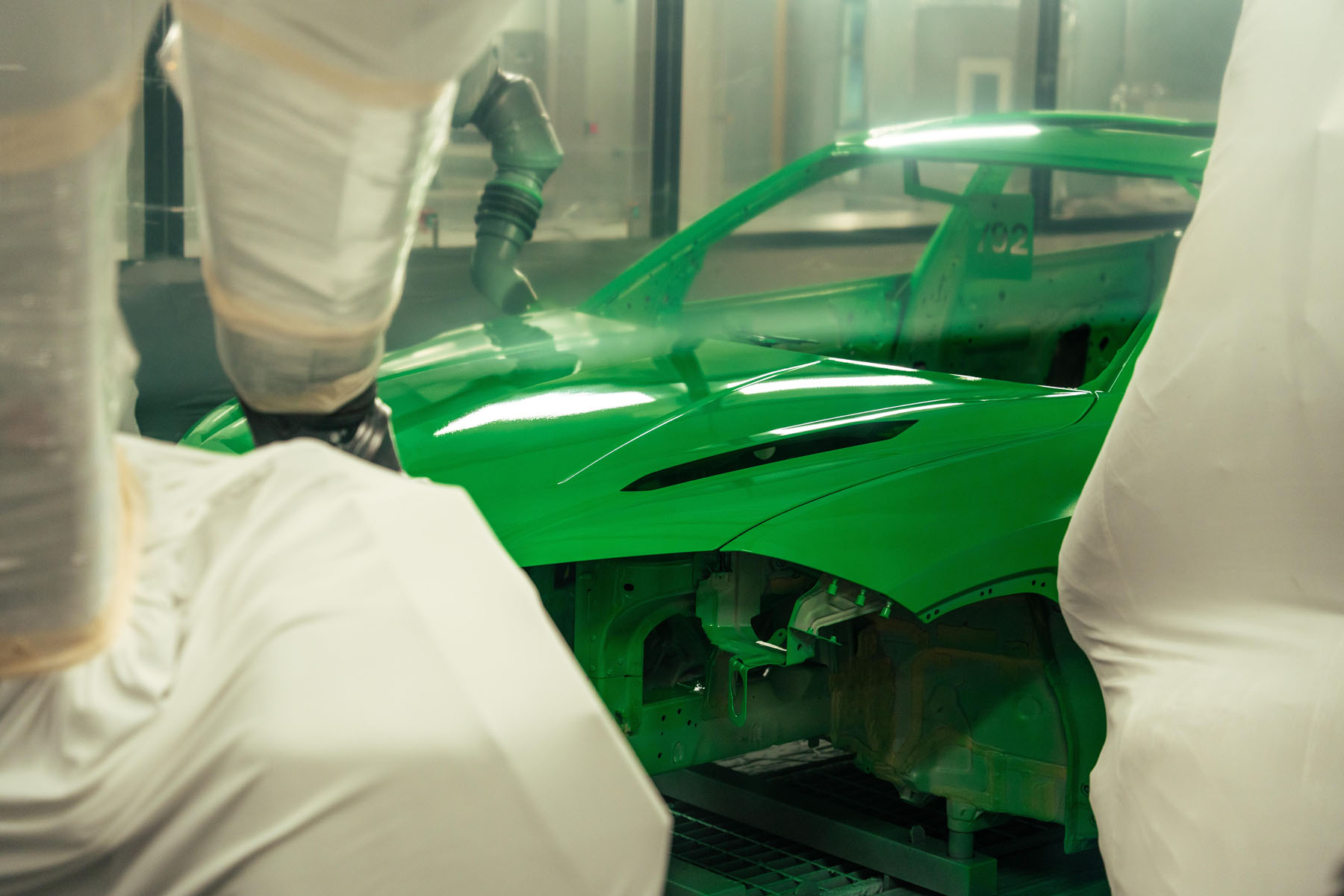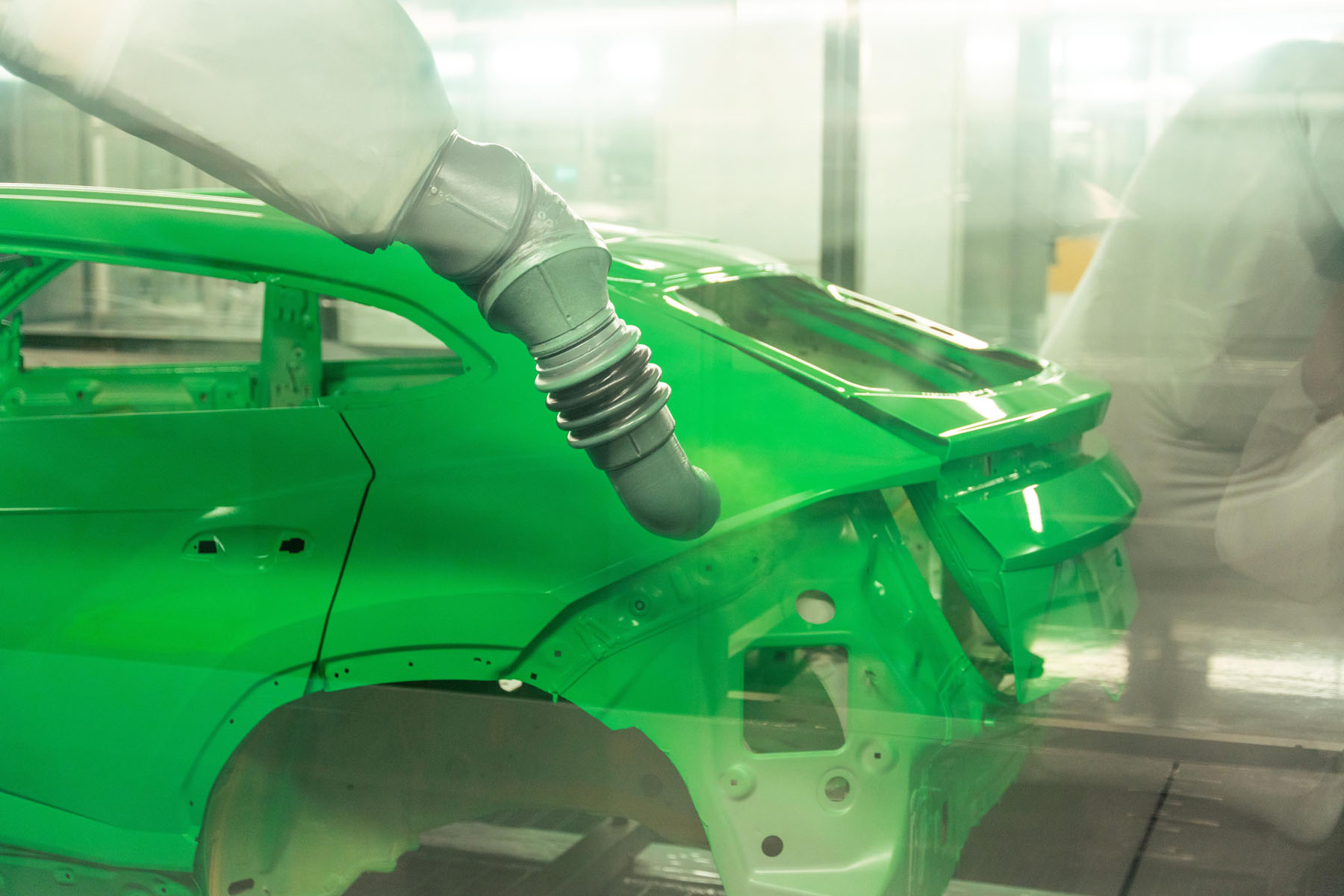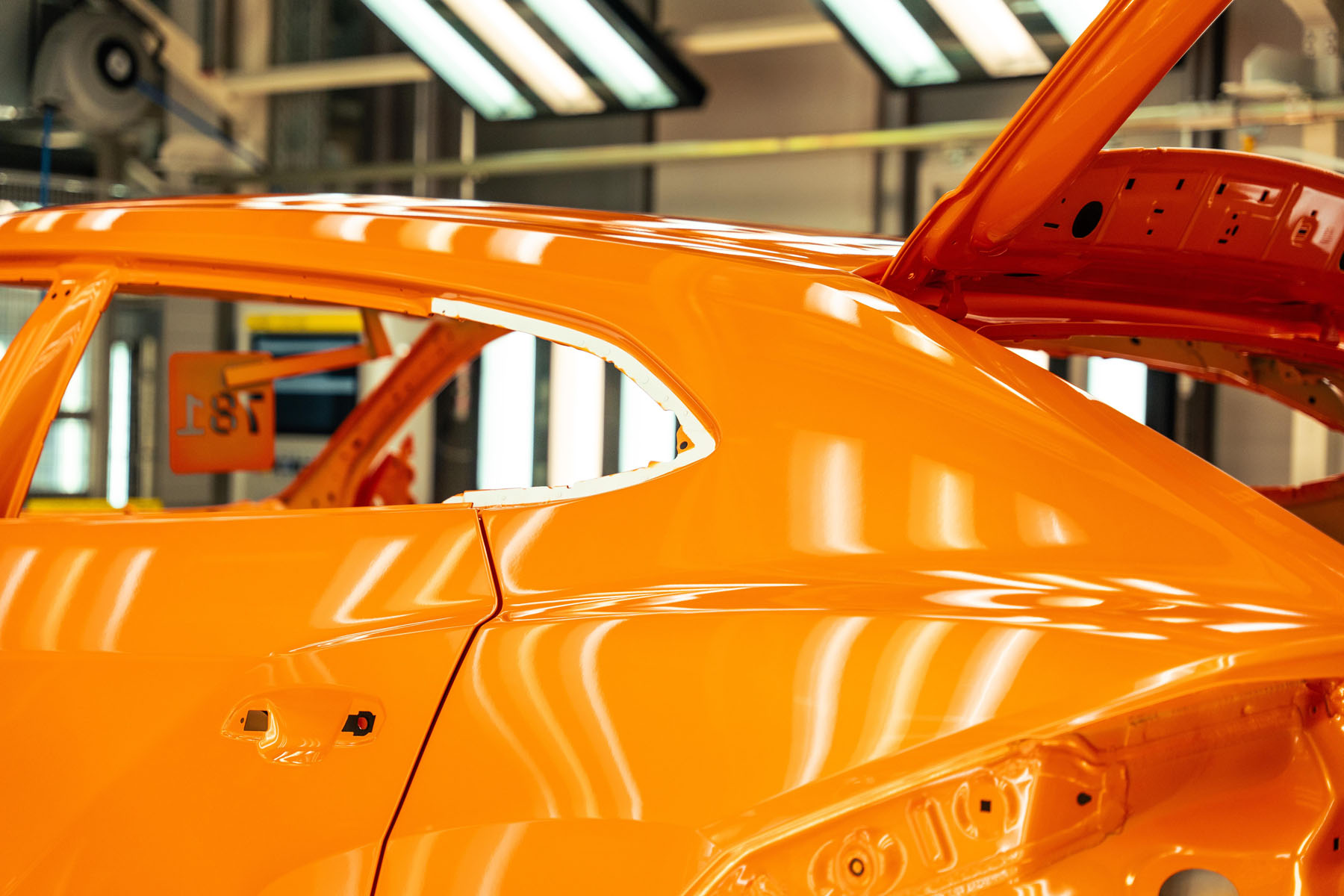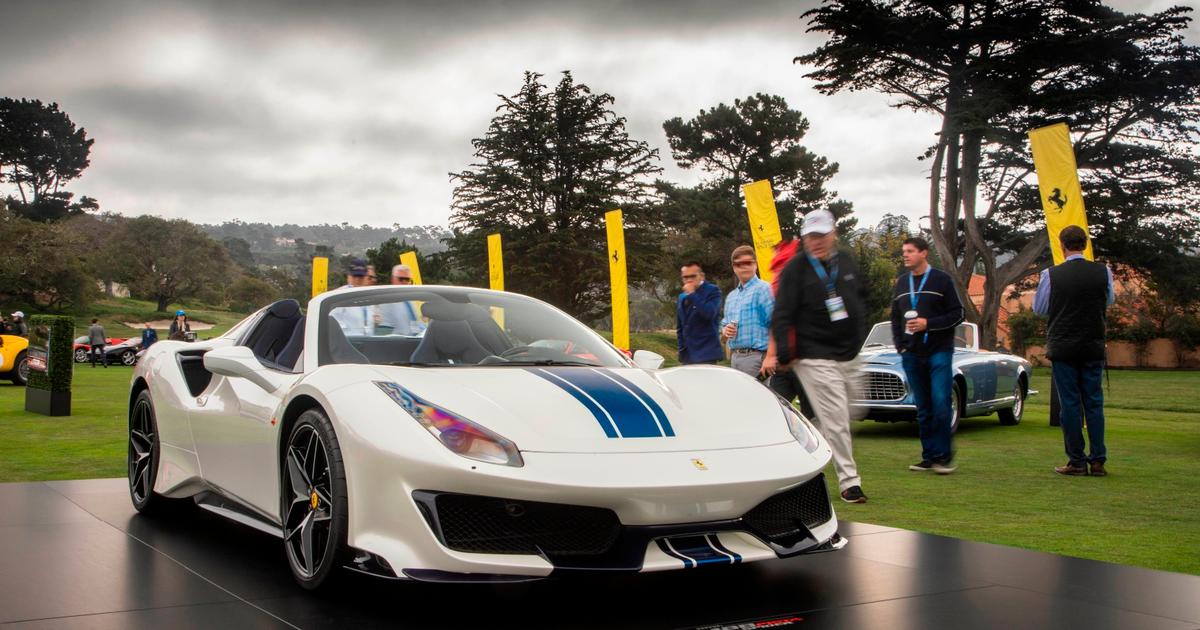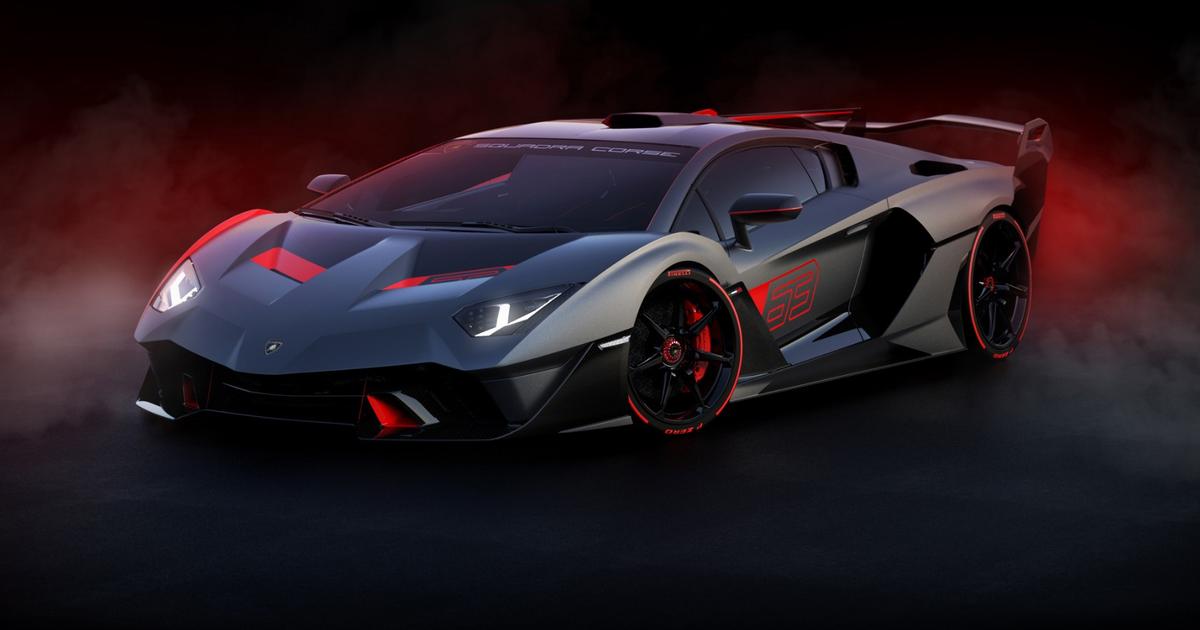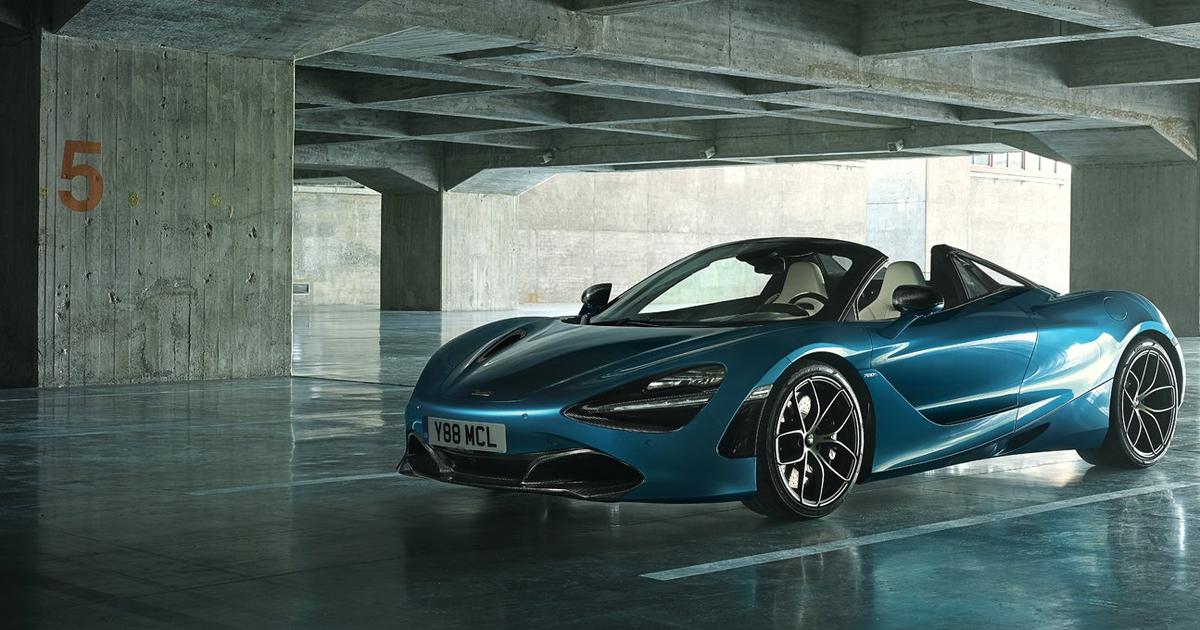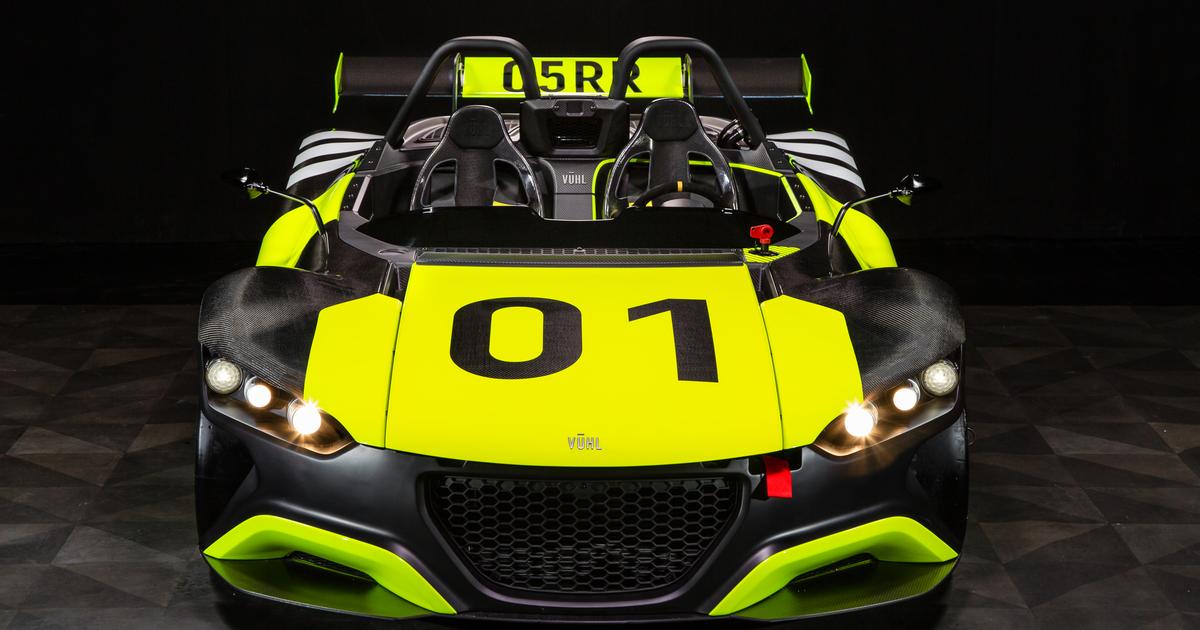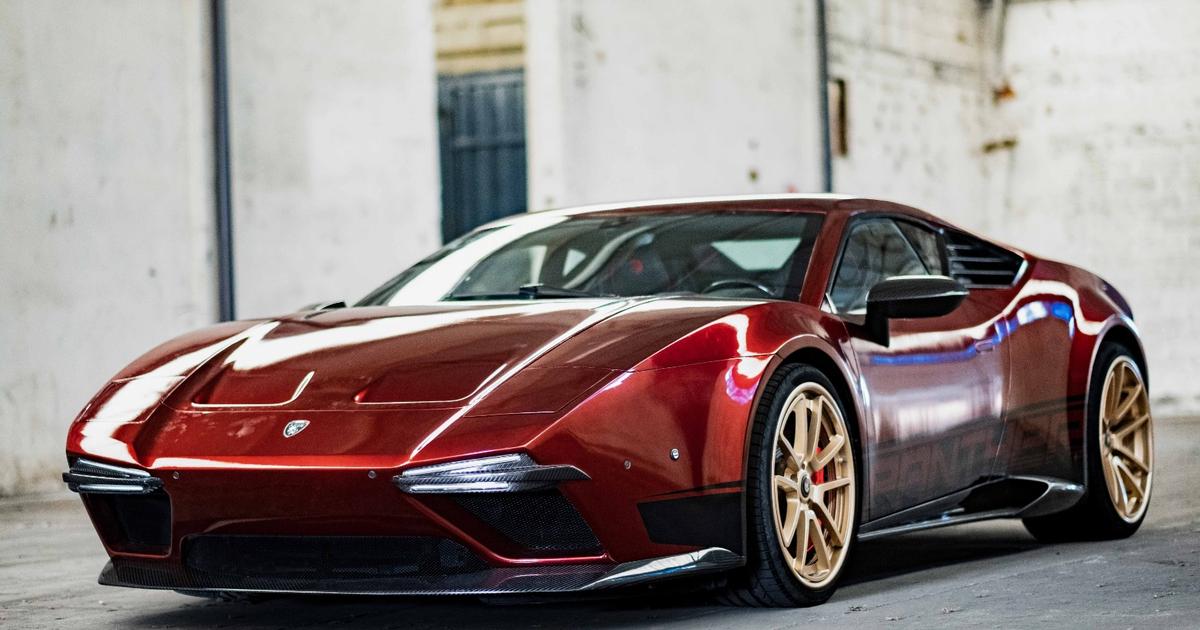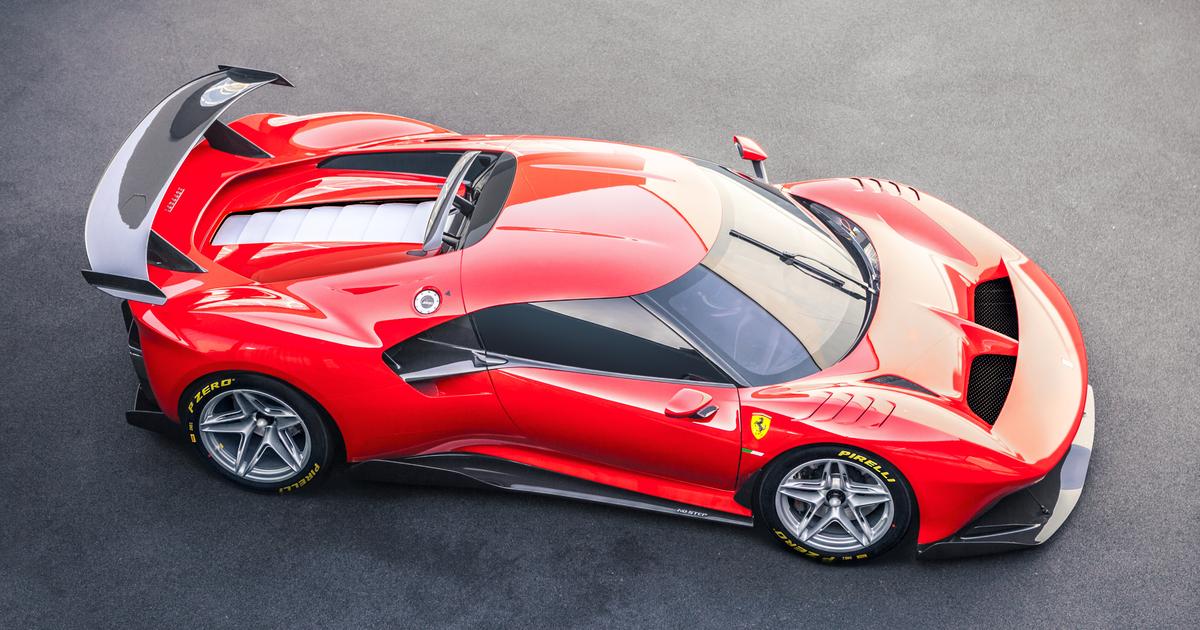In 1963, when the visionary Ferruccio Lamborghini laid the foundation of his iconic company, he took a decisive stand – his automotive marvels would not be confined to a single paint finish. Instead, they would dazzle the world in myriad shades, designed to captivate diverse clientele and grant them the gift of uniqueness. The early Lamborghini 350 and 400 GT models exemplified this philosophy, boasting a selection of exquisite yet conventional color options, constrained by the prevailing trends of soft, pastel shades.
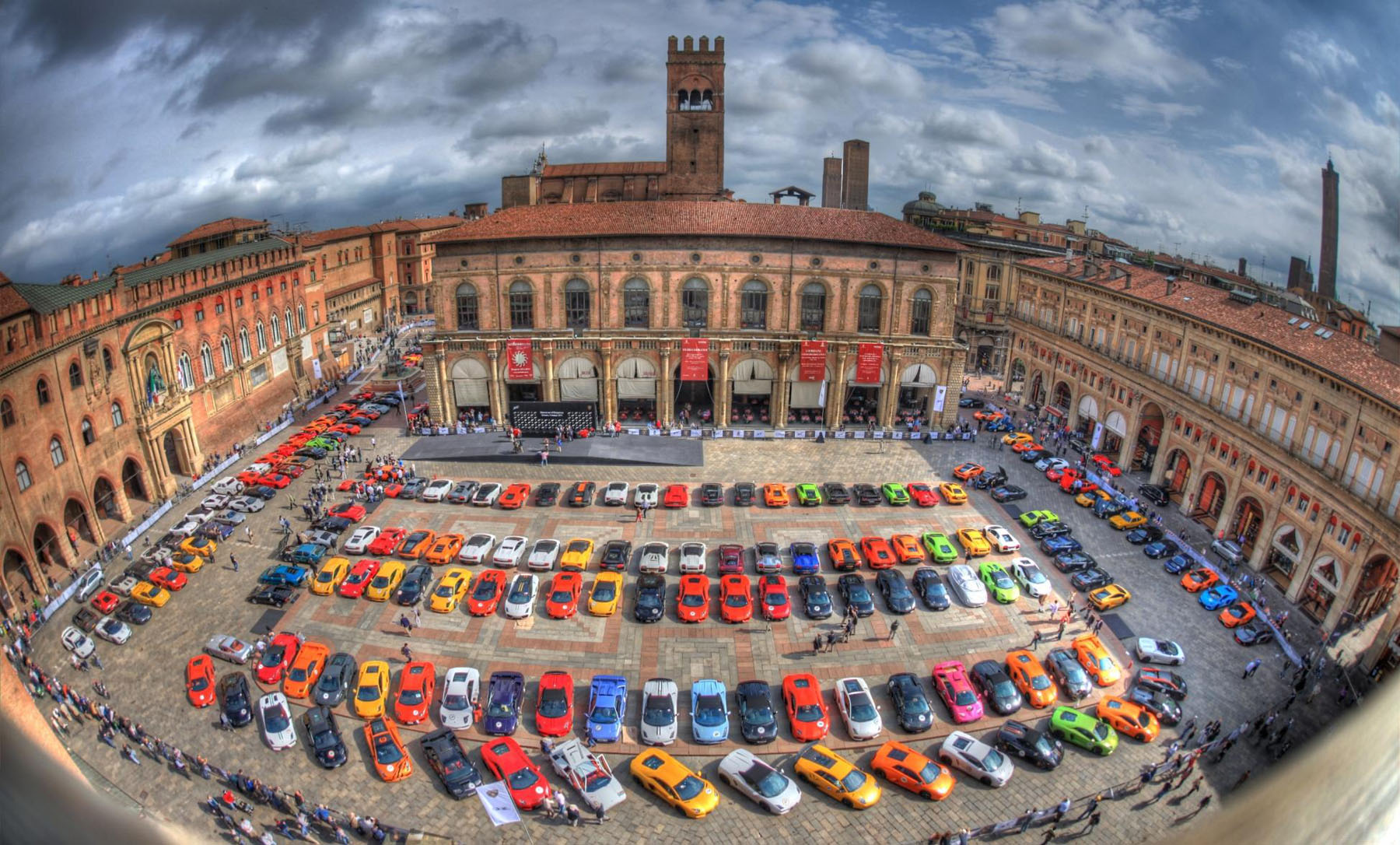
Miura
The color palate exploded with the Miura’s arrival in 1966. This model perfectly complemented bold hues that were in vogue as the jet set embraced vibrant tones featured in architectural magazines. The Miura attracted a breed of young, charismatic customers who defied conventional norms, leading lives of dynamism and ambition. They craved a supercar that mirrored their individuality, resulting in a profusion of greens, oranges, and yellows – bold and captivating. Even the legendary Twiggy, the epitome of 1960s fashion, flaunted her Miura S in lime green with orange racing stripes – a timeless combination now known as “Verde Scandal.” In the iconic movie “The Italian Job,” the Miura scaling the Great St Bernard Pass was painted orange, christened “Rosso Miura” (Miura Red). Furthermore, the Shah of Iran commissioned a rare Miura SVJ in the splendid “Bleu Ischia Metallizzato” (metallic blue) with opulent white leather interiors.
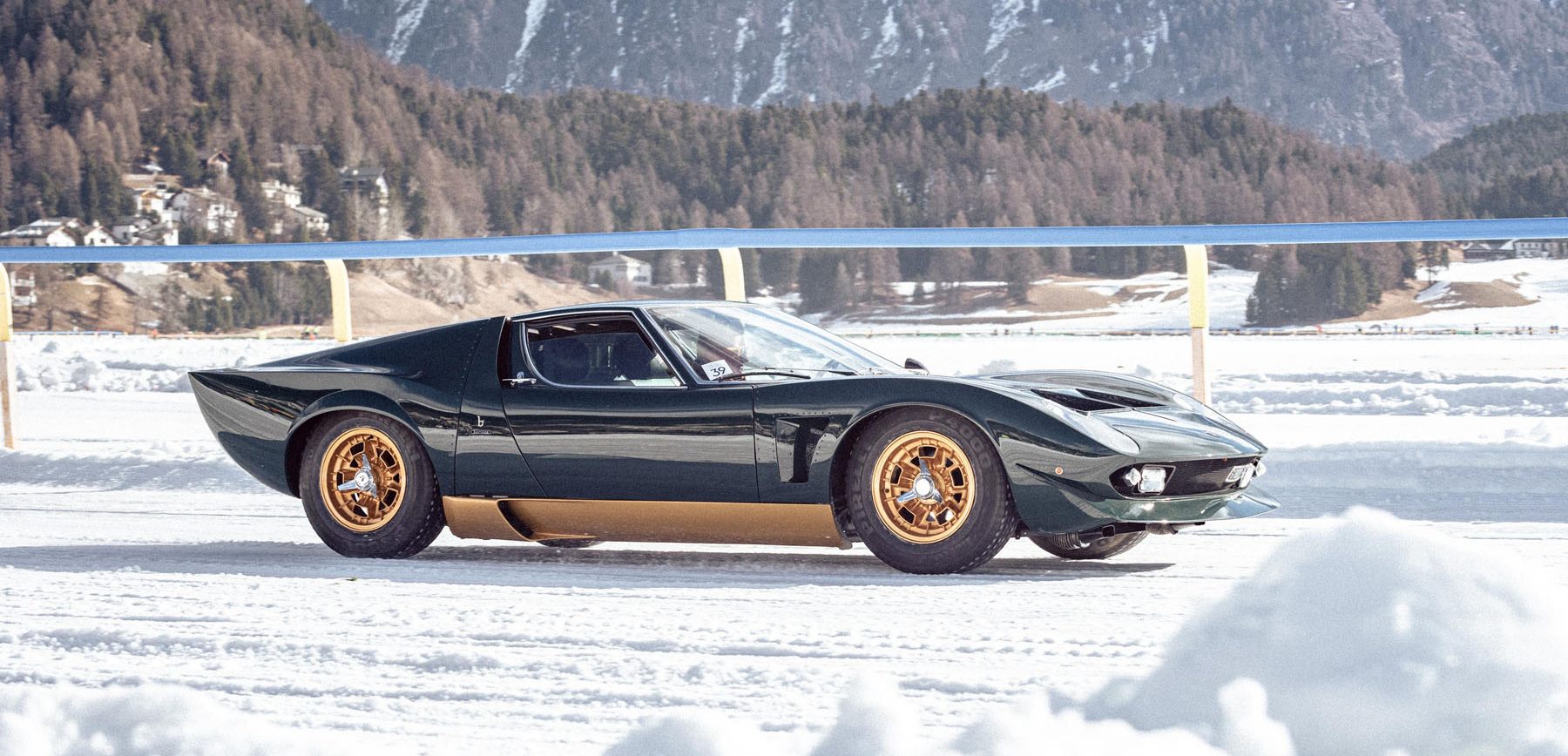
Countach
In 1971, the game-changing Countach emerged, introducing various color possibilities in true Lamborghini tradition. Despite the diverse offerings, many opted for bespoke paints, often in two-tone combinations. Canadian magnate Walter Wolf’s limited-edition LP 400 exemplified this trend – his first car donning a special Rosso (red) with black wheel arch extensions, gray rims, and mustard-hued interiors. In 1976, his second car showcased a breathtaking “Bleu Metallizzato” (metallic blue) accentuated with black wheel arch extensions, gold rims, and Senape interiors. This proclivity for vivid colors extended beyond supercars to the Espada, a family-oriented vehicle frequently ordered in striking hues like “Oro Metallizzato” (metallic gold). The Espada VIP limited series, in particular, became renowned for its captivating two-tone combinations, with orange and black being the most sought-after. Not even the unconventional LM 002, with its distinctive contours and proportions, was exempt from personalized color requests, like the unique “Verde Speciale” (special green), which, ironically, was a shade of blue.
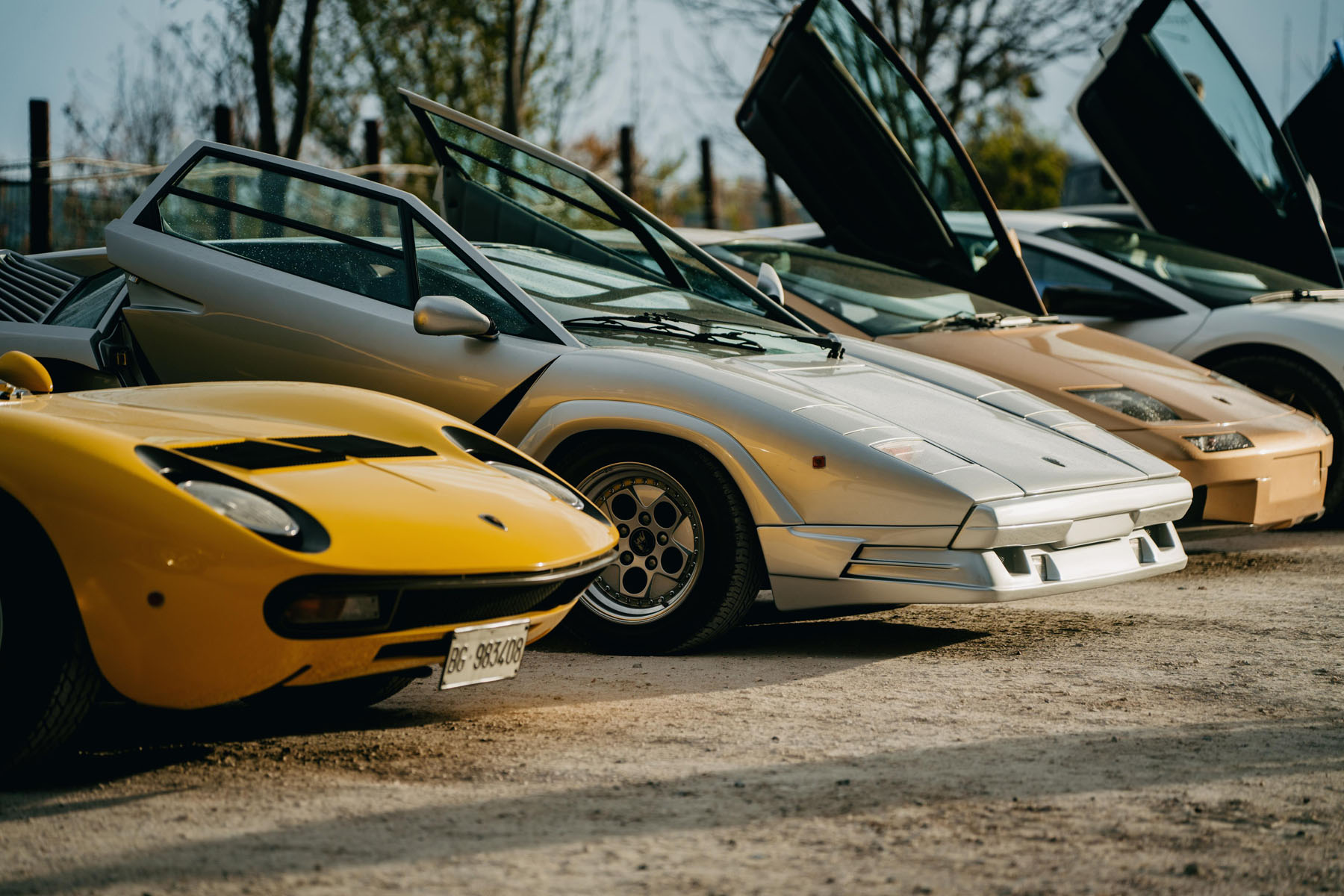
With the advent of the Diablo, the early years saw a predominance of pastel hues, later transitioning to a plethora of metallic shades. The exquisite “Oro Elios” (gold) dazzled admirers, but it was the presentation of the Diablo SE 30 in 1993 that unveiled the captivating “Viola 30th” purple, initially crafted exclusively for this limited series. However, the overwhelming demand led to its integration into the paint range, etching it into Lamborghini lore forever – even inspiring the music video of Jamiroquai’s “Cosmic Girl.”
Murciélago
The Murciélago, making its grand entrance in 2001, brought with it a profusion of pearl finishes that artfully contrasted with carbon fiber. The captivating “Bianco Perla” (pearl white) emerged as a favored choice, revered for its allure. Additionally, the Murciélago paved the way for introducing matte colors to the Lamborghini spectrum. The subsequent “baby” Gallardo in 2003 boasted two popular paint options: the vivid “Arancio Atlas” (orange) and the evocative “Giallo Orion” (yellow), both proudly echoing Lamborghini’s iconic heritage.
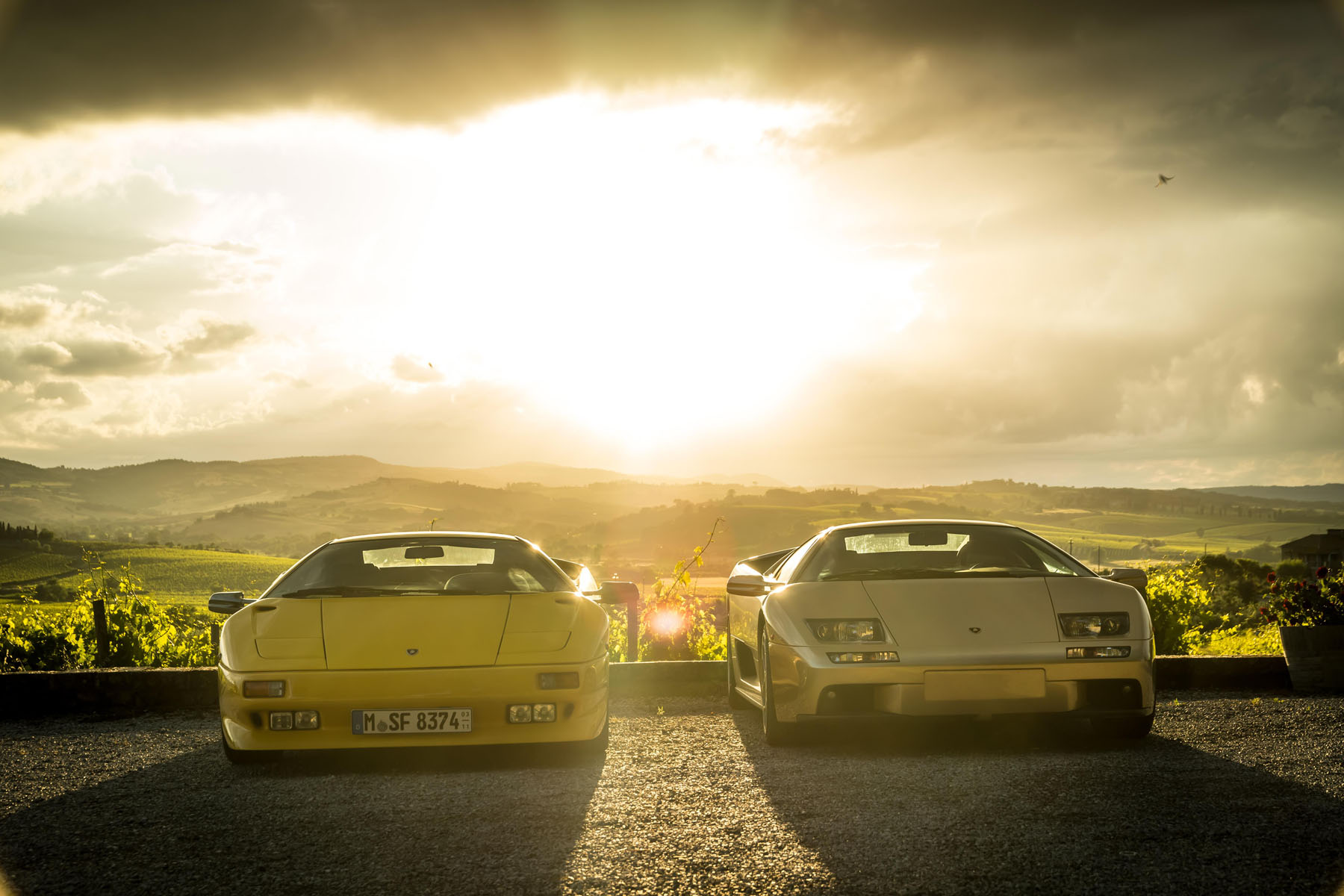
Personalization
In the contemporary era, symbolized by the Aventador, Huracán, and Urus, a new chapter unfolded with the advent of striking finishes that morphed with the play of light – the dazzling Harlequin or iridescent colors. The demand surged for multicolored marvels, personalized shading, and bespoke liveries. Yet, amidst the innovation, Lamborghini remained grounded in tradition. For the Huracán Sterrato, paints reminiscent of the iconic LM 002 were resurrected, including the captivating “Sabbia Desertum” – a sandy beige masterpiece.
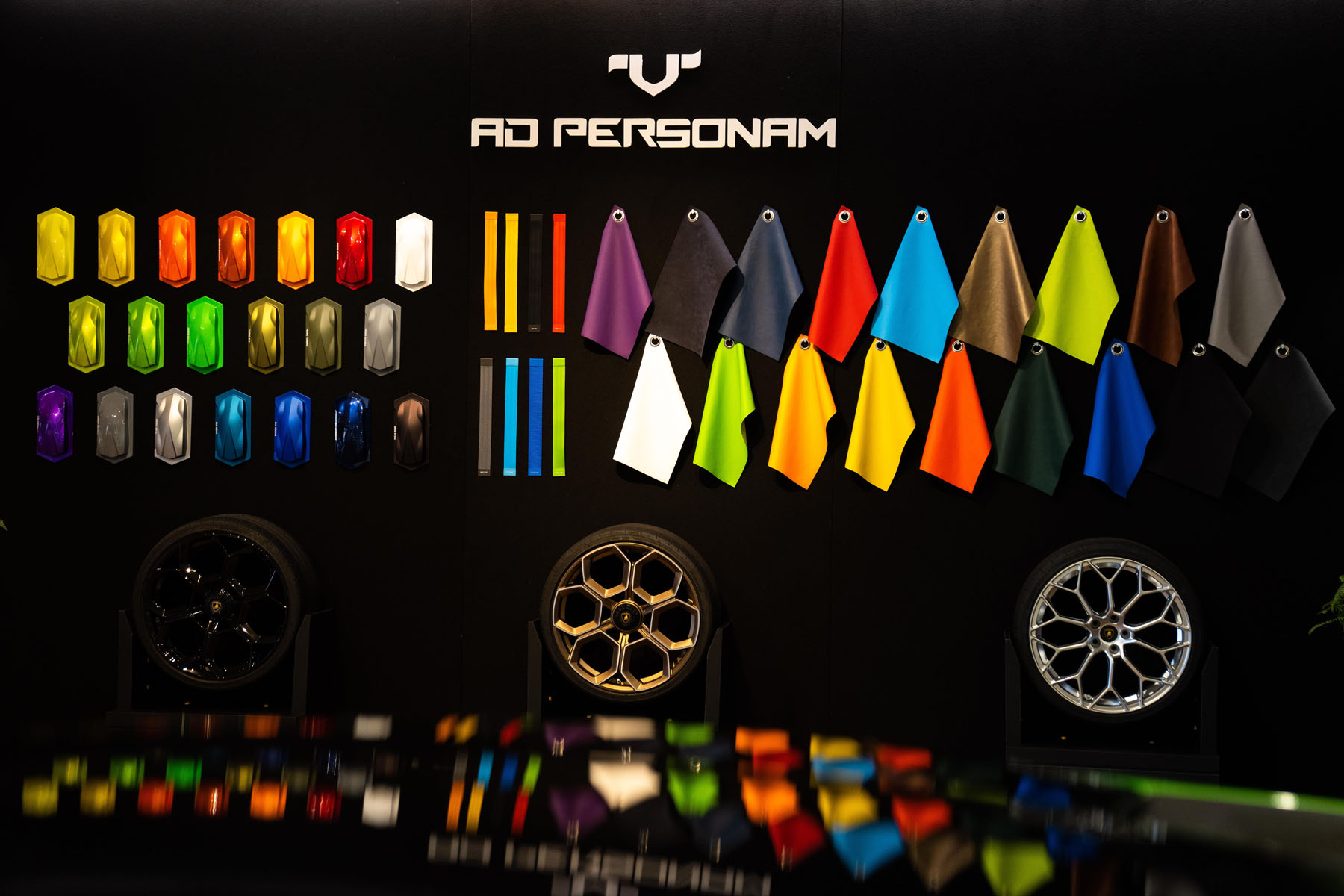
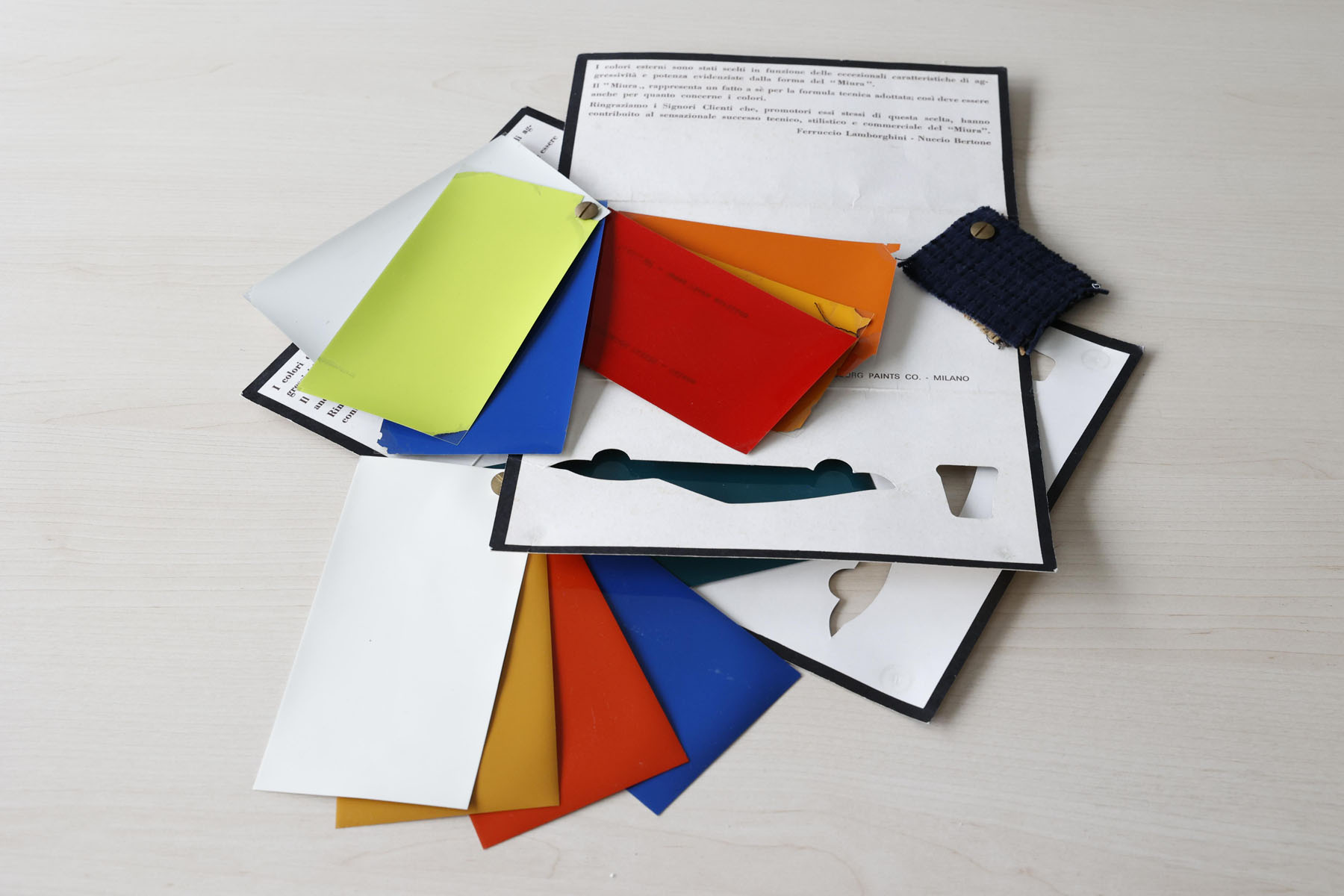
Lamborghini’s commitment to fulfilling customer aspirations soared to new heights in 2013 with the inception of the Ad Personam Department, empowering clients to craft their automotive dreams. A visionary step culminated in creation of the first studio within the Sant’Agata Bolognese factory in 2016, welcoming patrons to customize their future cars amidst the company’s historic headquarters. The Ad Personam process fosters a deep sense of representation, with customers meticulously curating colors and combinations that speak to their essence. The Ad Personam team diligently fulfills every bespoke request while preserving Lamborghini’s unmistakable identity. The soaring popularity of this program is exemplified by the Aventador, with 90% of production tailored through Ad Personam, followed by the Huracán at 80%, and the Urus at approximately 70%.
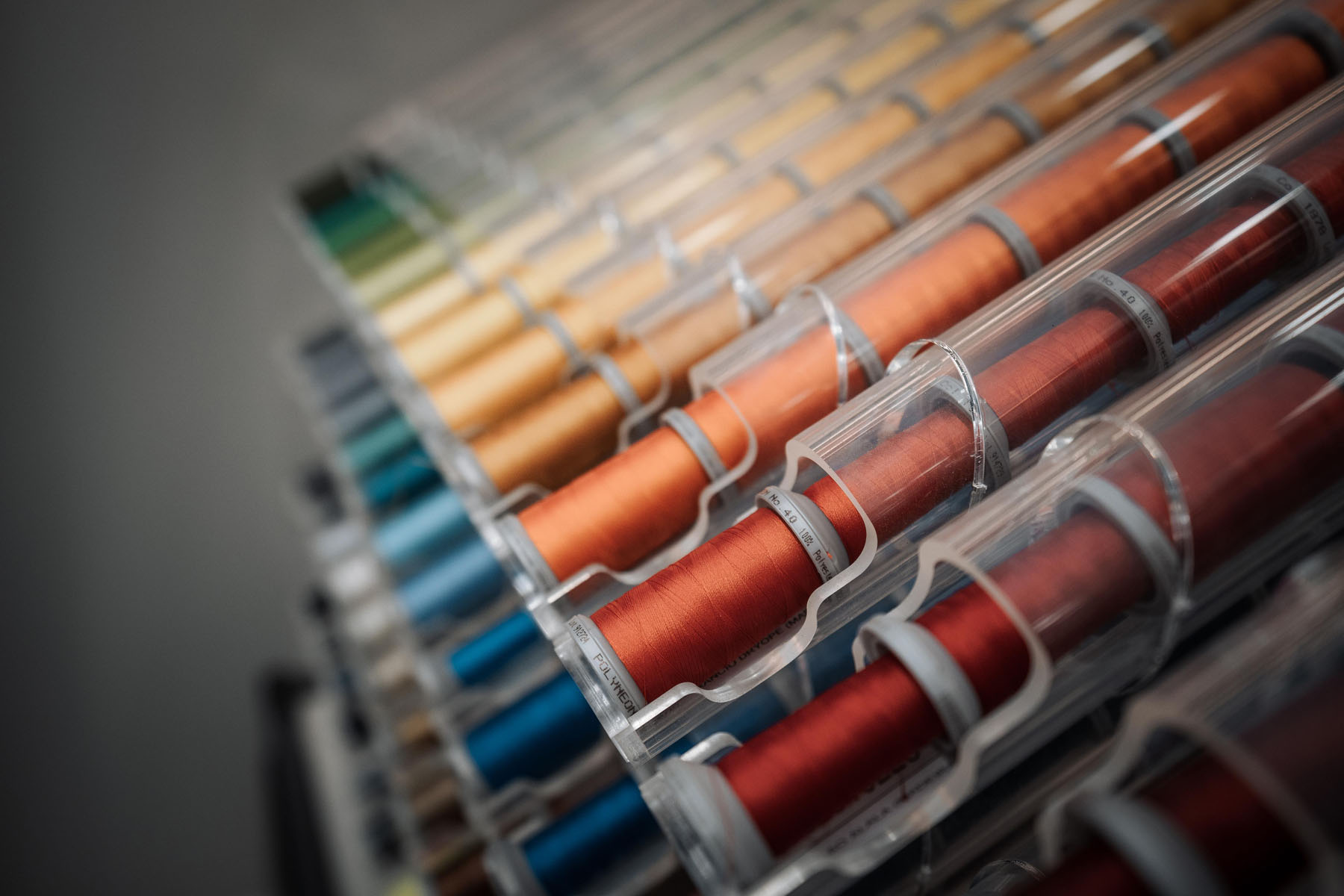
Fast forward to today
Today, the palette comprises over 360 resplendent colors, categorized into five families – Sporty, Contemporary, Eclectic, Classic, and Technical – reflecting the essence of Lamborghini’s heritage, current lineup, and future direction. The Ad Personam palette boasts an additional 300 mesmerizing colors, including the most special tones and sophisticated technologies. Some are accessible through the Lamborghini Car Configurator system, while others demand a visit to the illustrious Ad Personam studio, the heart of automotive personalization. As Lamborghini embarks on the next chapter of its extraordinary journey, the vibrant tapestry of colors stands as a testament to the passion, innovation, and indomitable spirit of this legendary marque.
Original story HERE
All photos © Lamborghini SpA
Gallery
